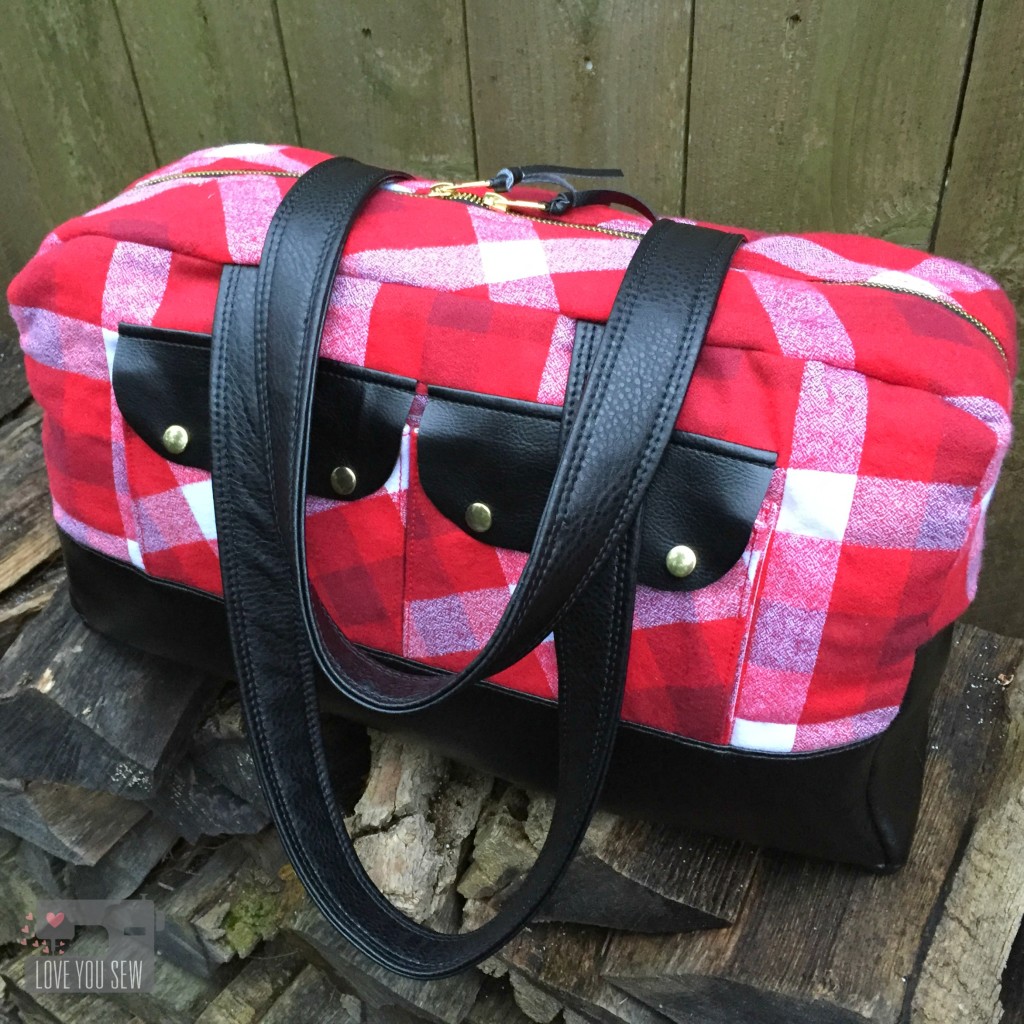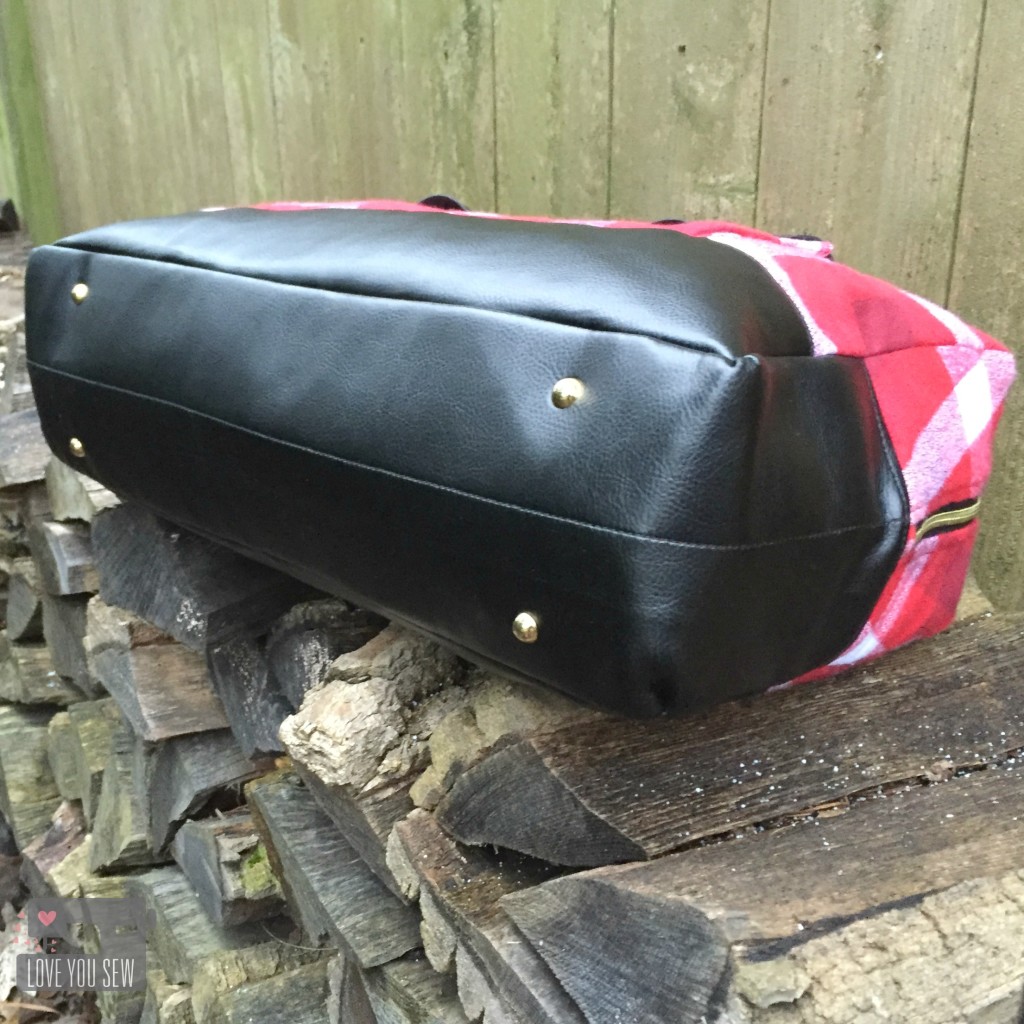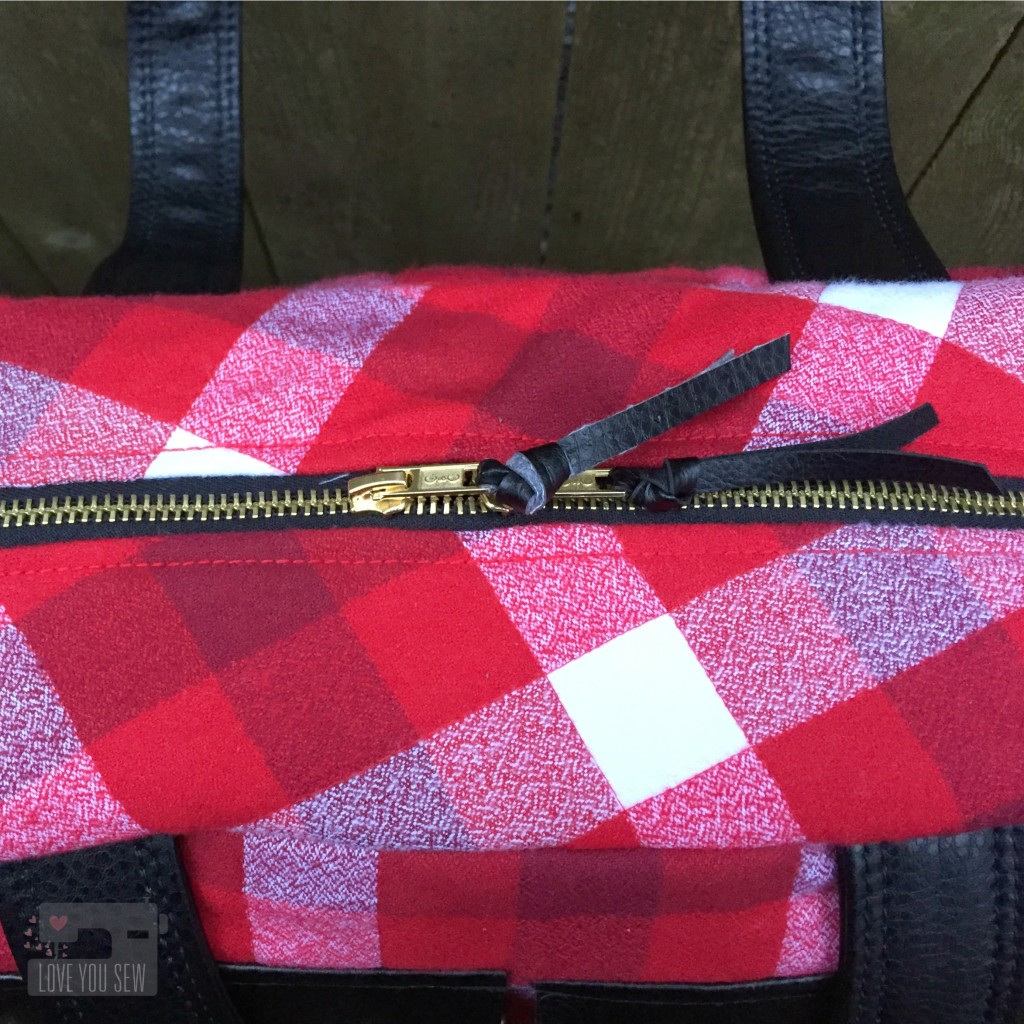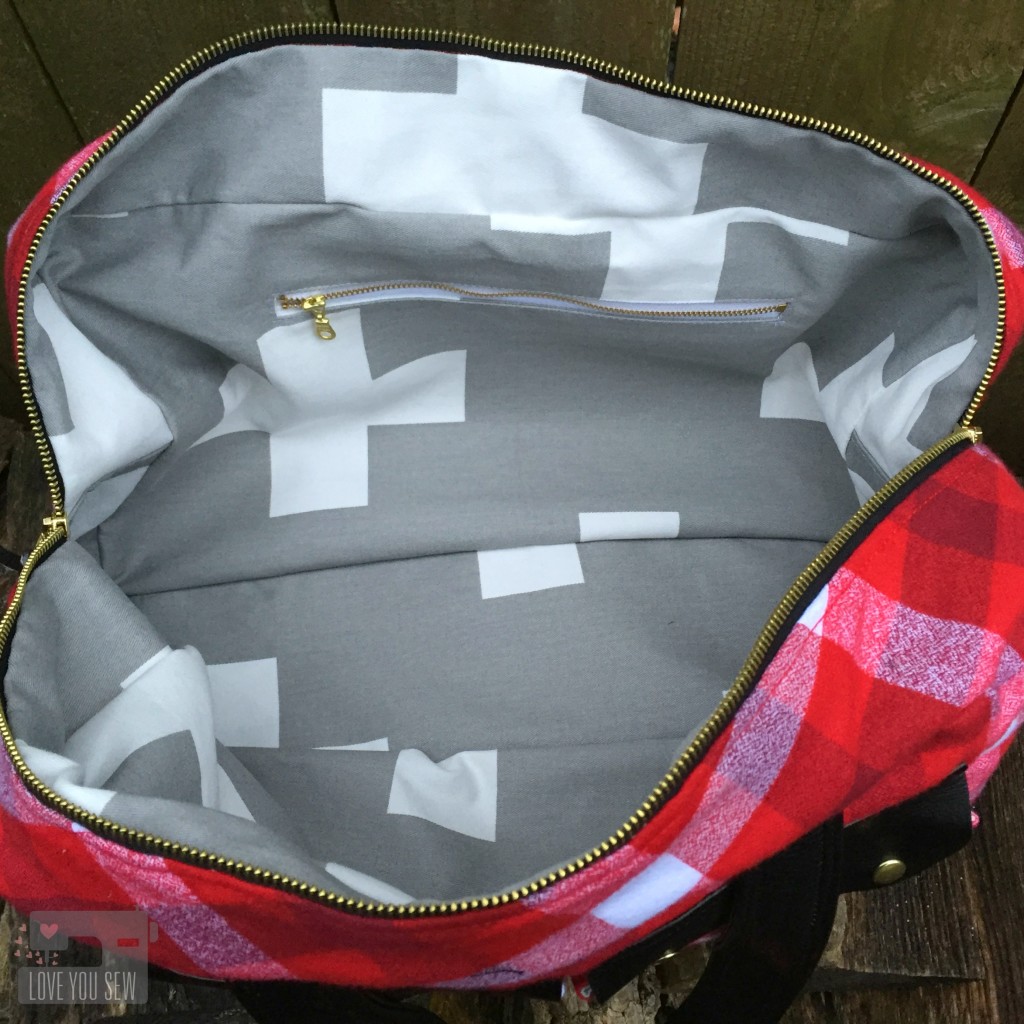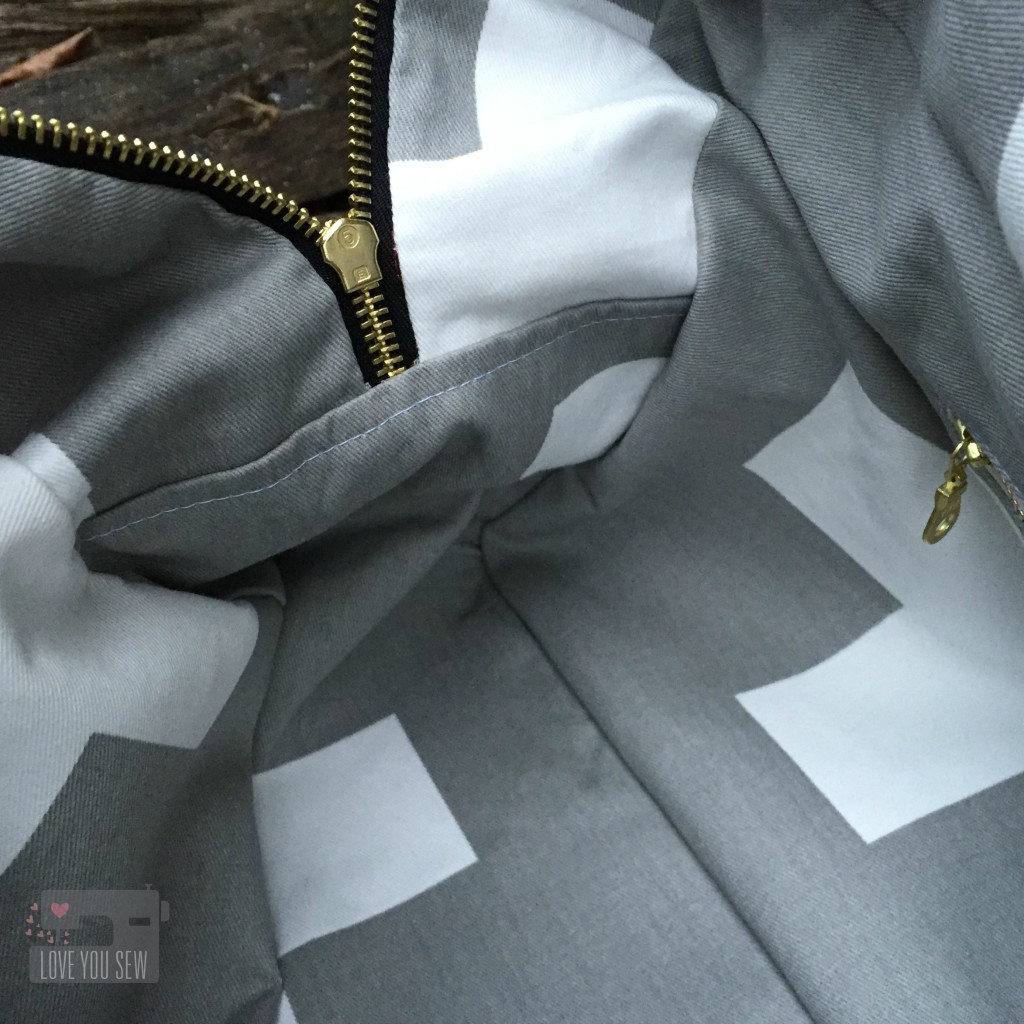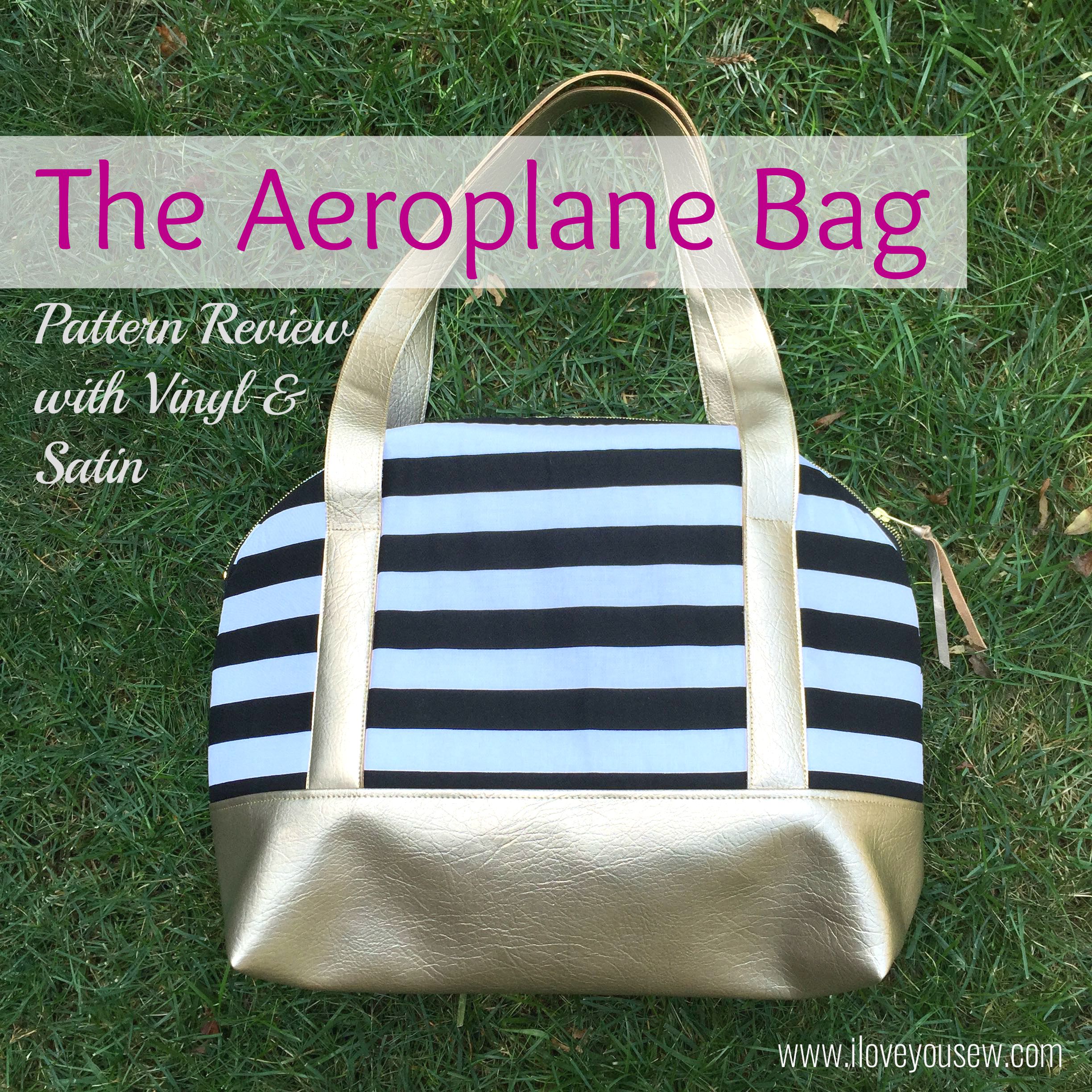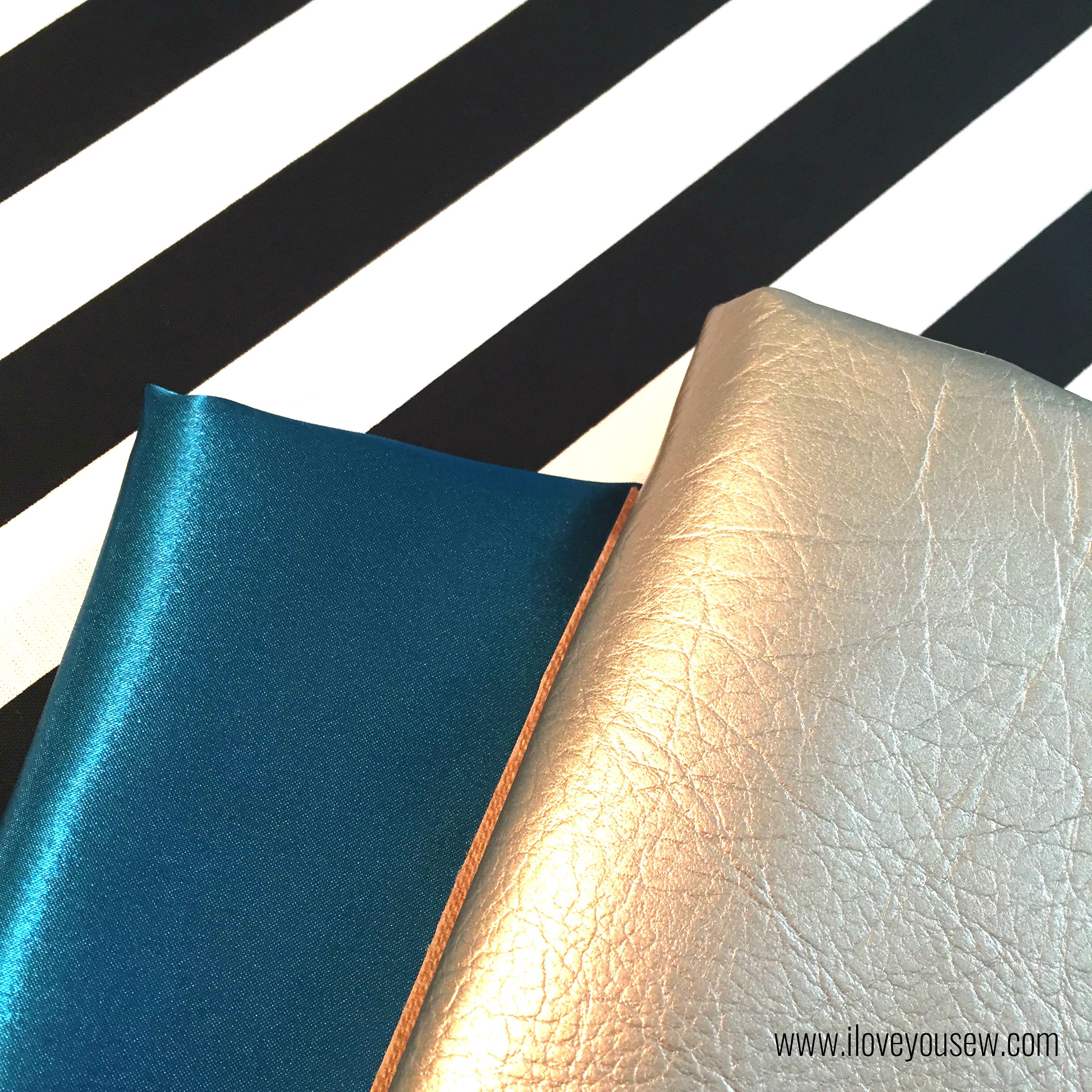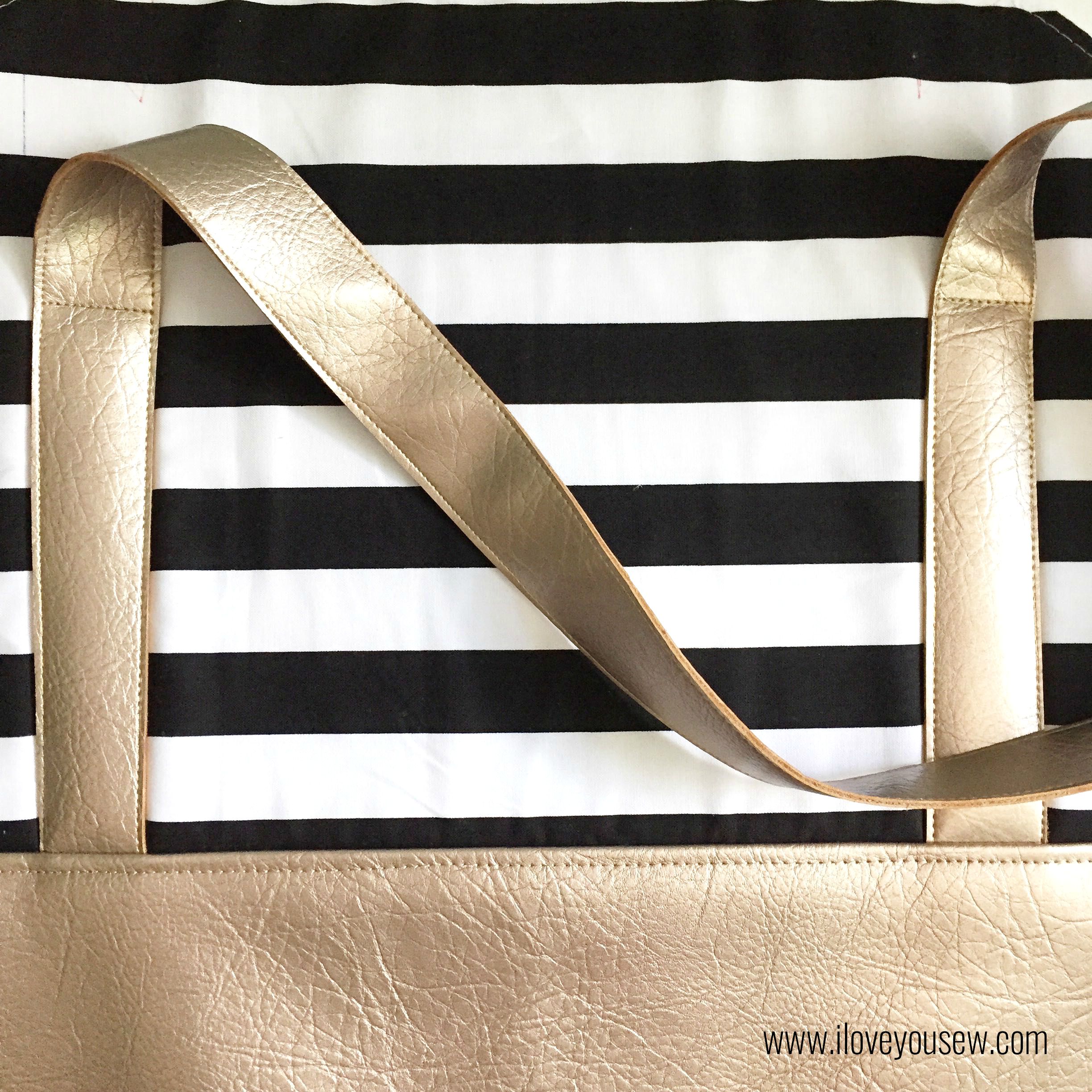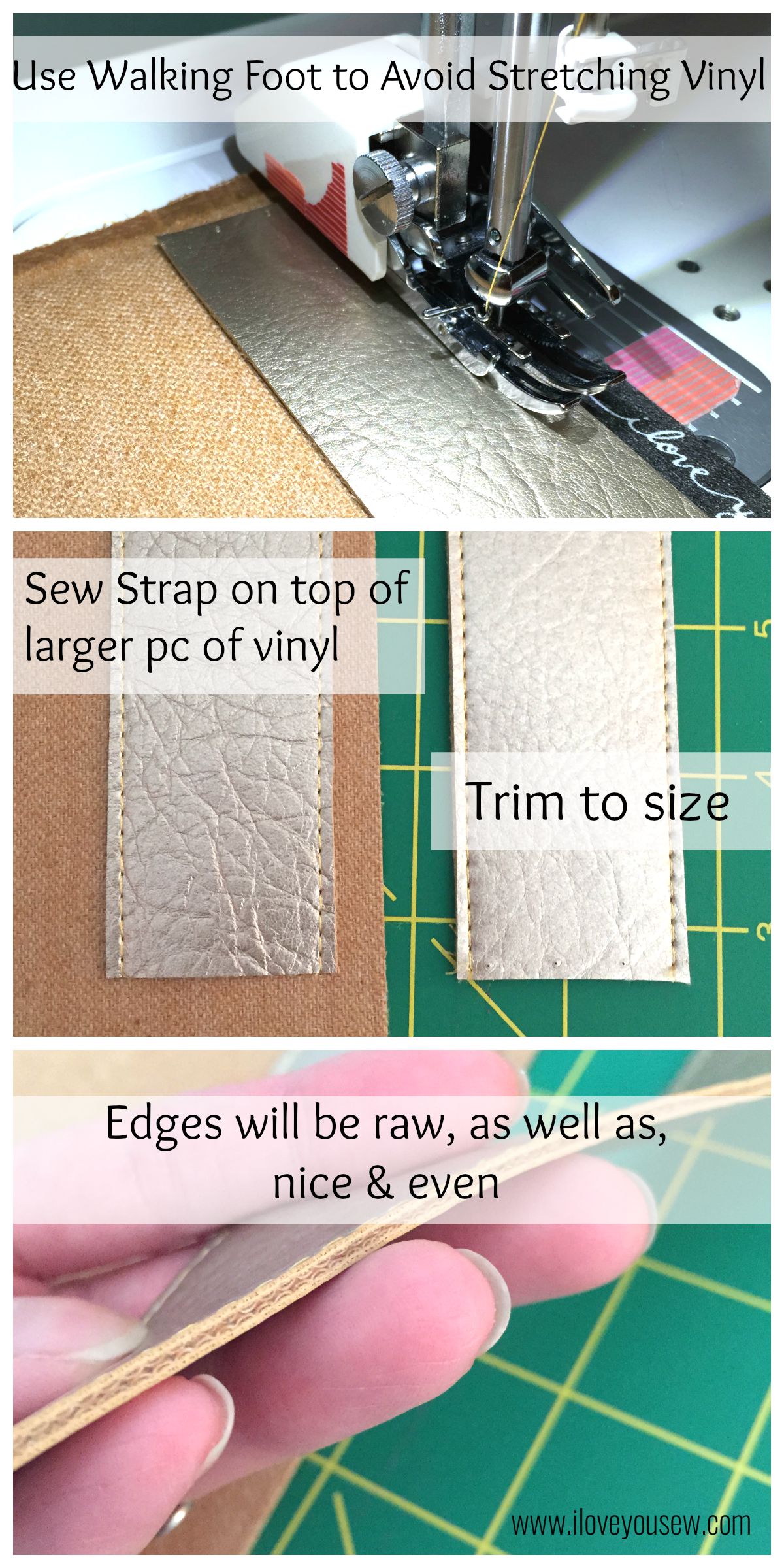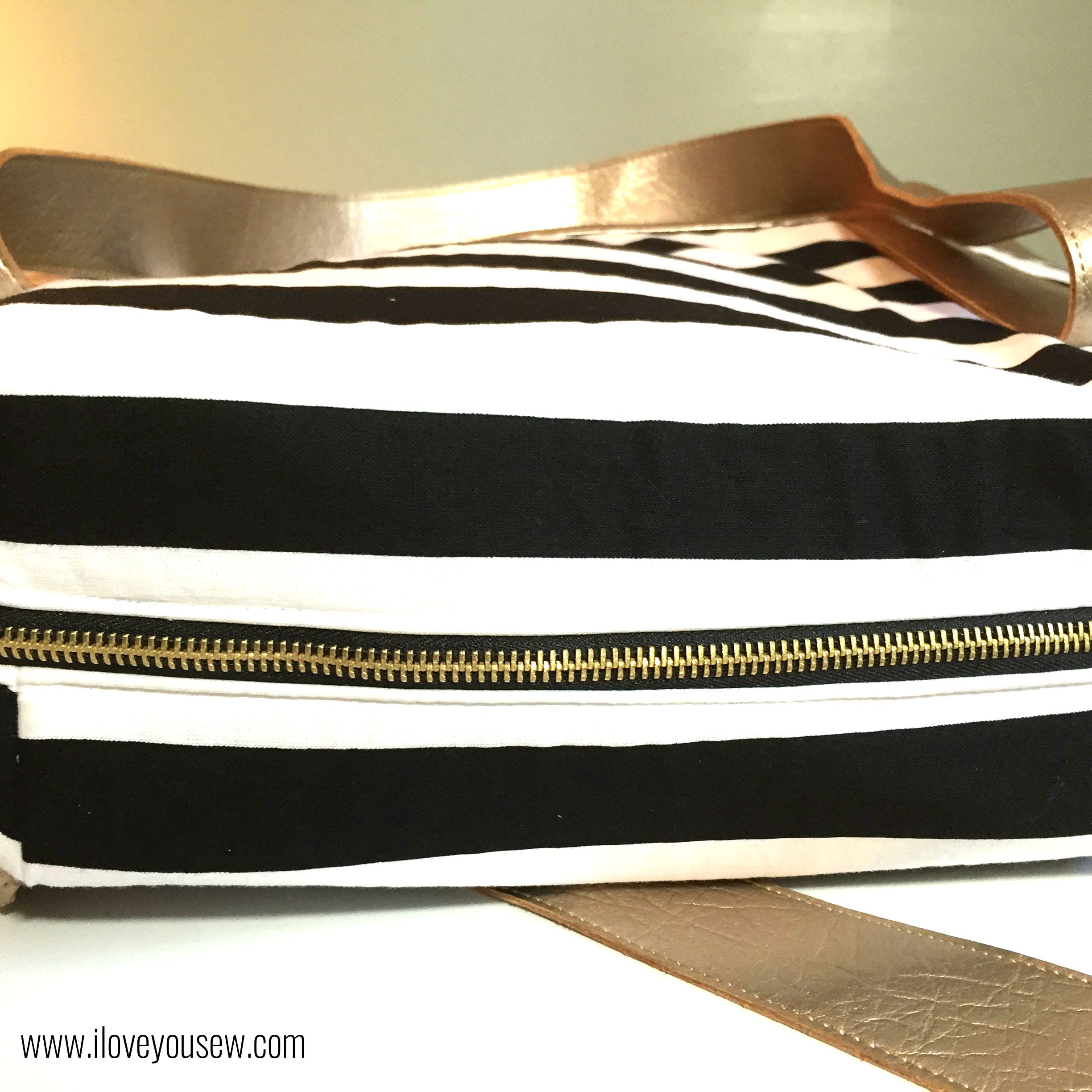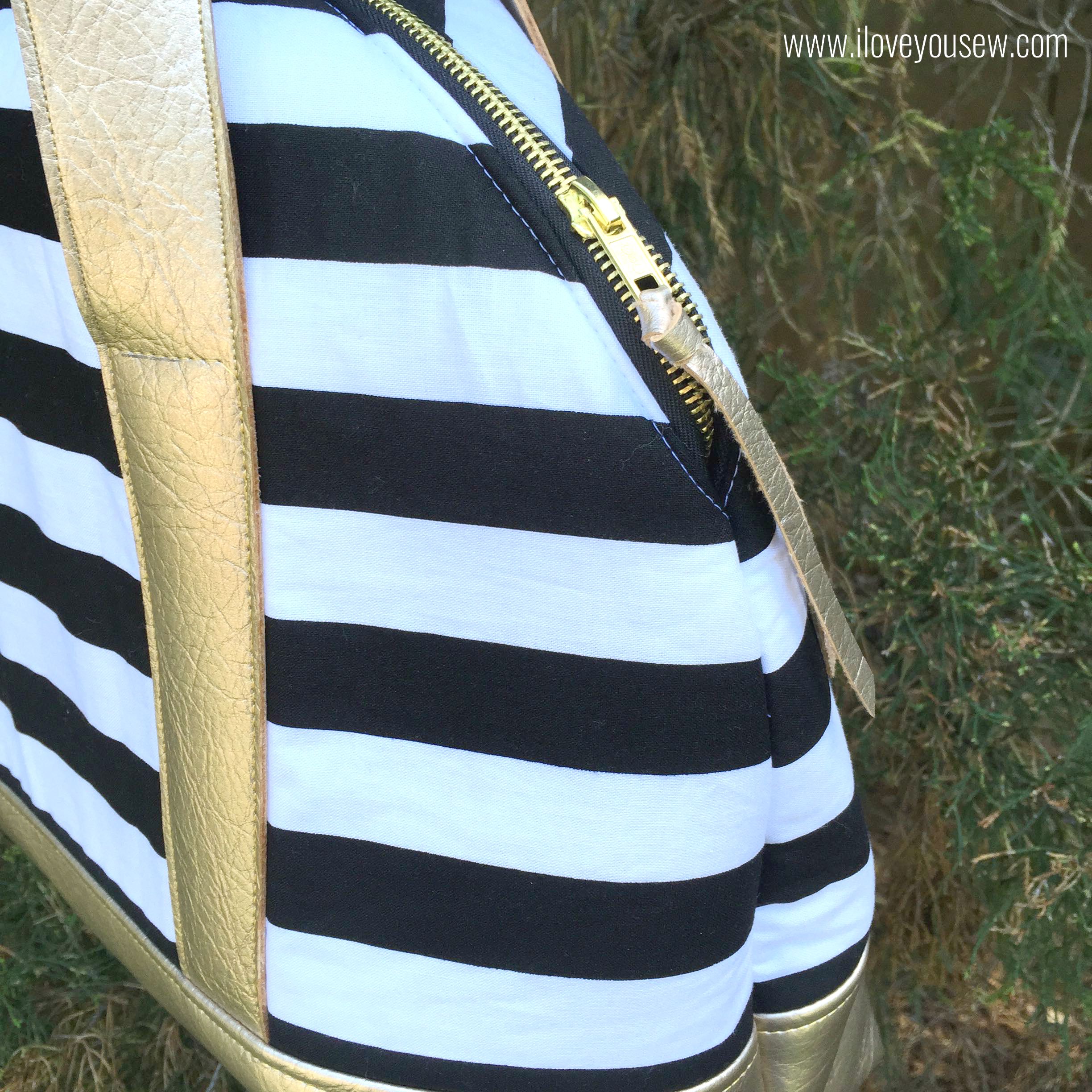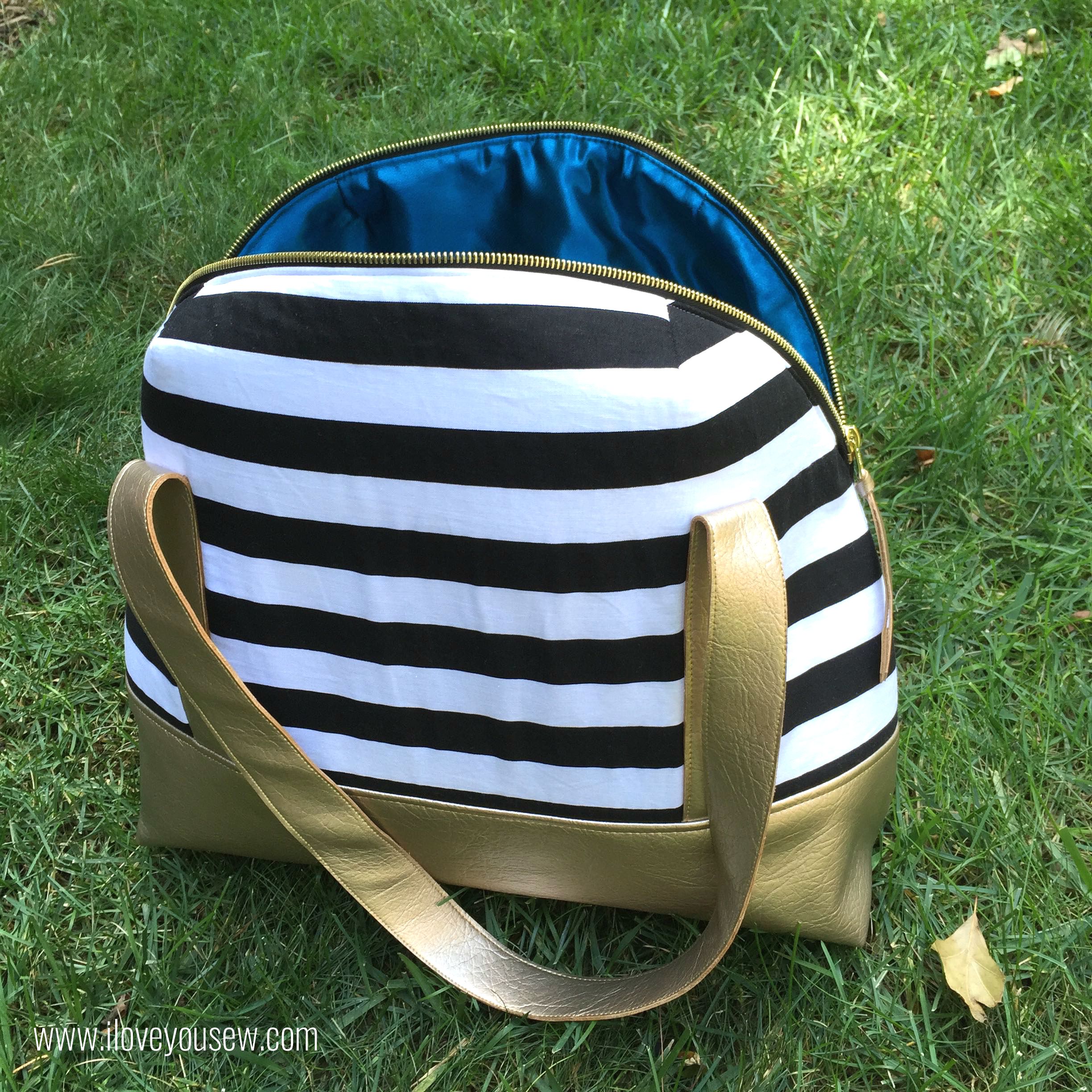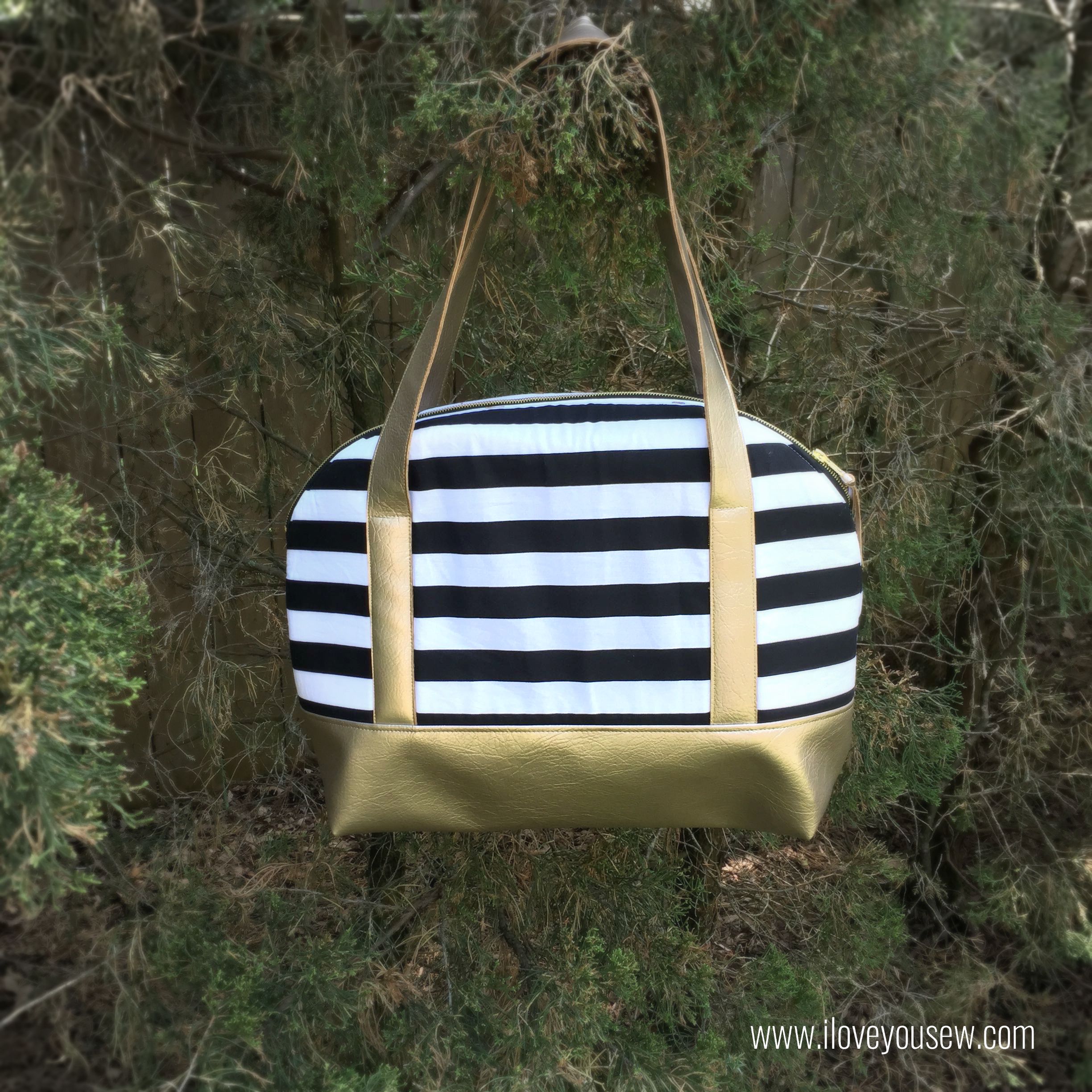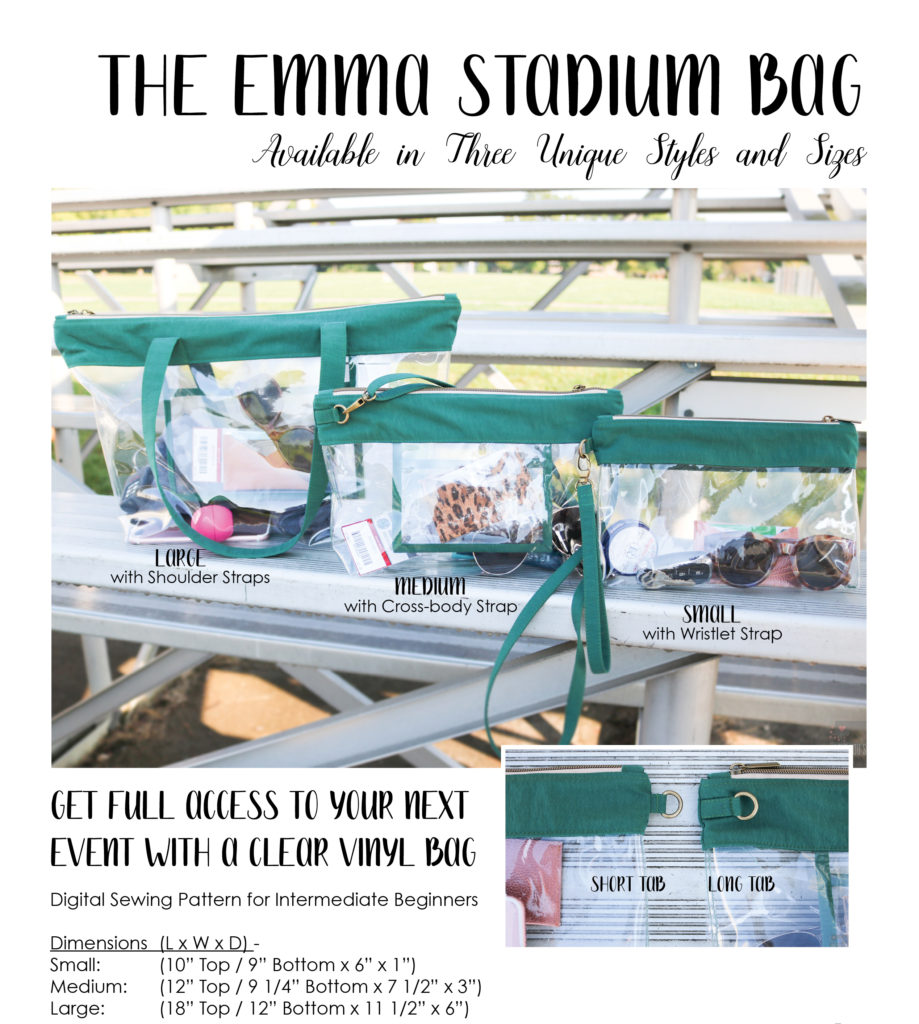
Right before I left for a college football game last year, there was just something that made me check the stadium’s bag policy, even though I’ve attended games at the same venue for years. Thank goodness I did because it turned out, I couldn’t bring in the bags I always used to! I could either bring in a small wristlet that couldn’t even fit my phone, or opt to bring in a clear bag to accommodate more of my stuff. With this game being out of state and lots of walking around the campus, I knew I had to bring a clear bag. With some remnant vinyl and scraps of canvas from my stash, the Emma Stadium Bag was born.
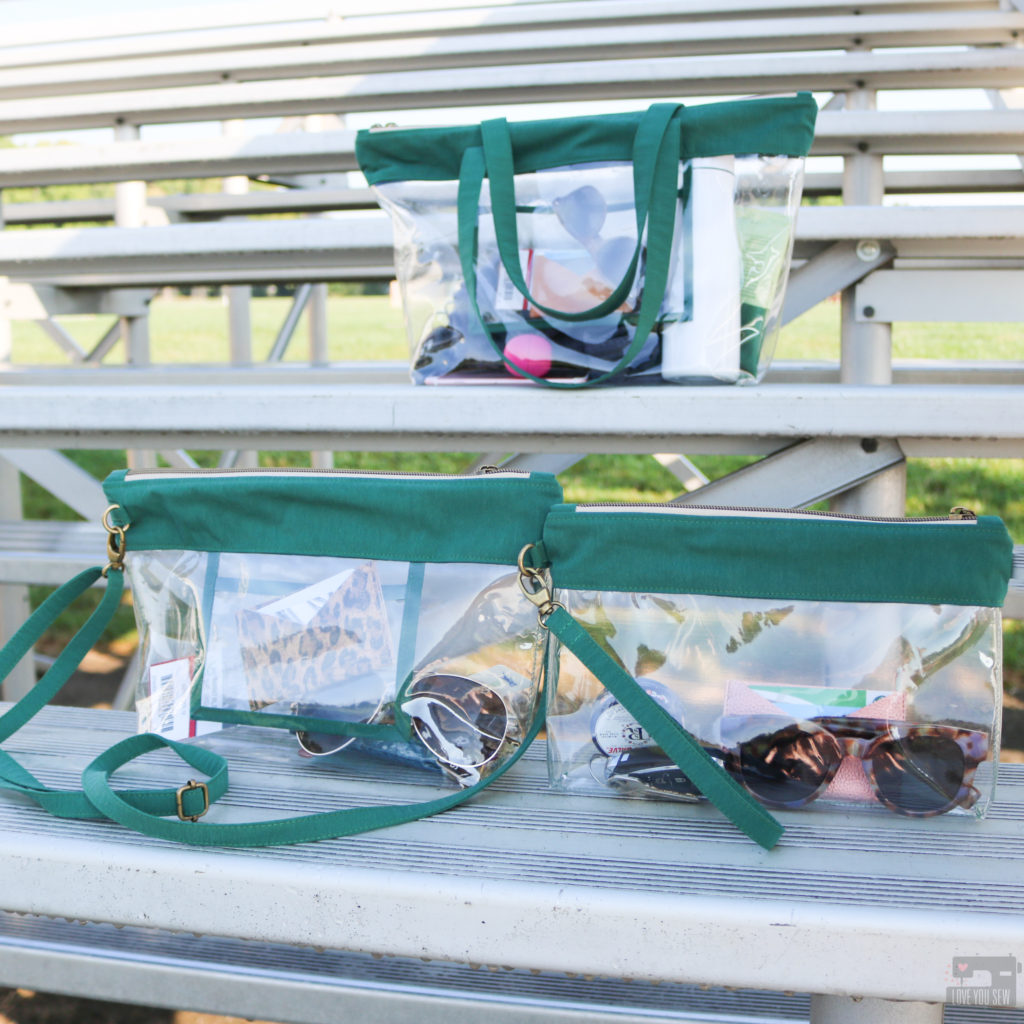
At first, I didn’t think this bag would be a pattern. It was a just a quick late night project based on need rather than want. But with public safety on the forefront of large gatherings, there has been a continuous change of bag policies across other public venues and schools. We are seeing the need for more and more clear bags to ensure safety for all. Even with this movement, I know us, bag-makers still love to add our own personal spin to a make. We have the power to make things our own and I hope you are able to use the Emma Bag to keep your own style and show off your personality while out and about.
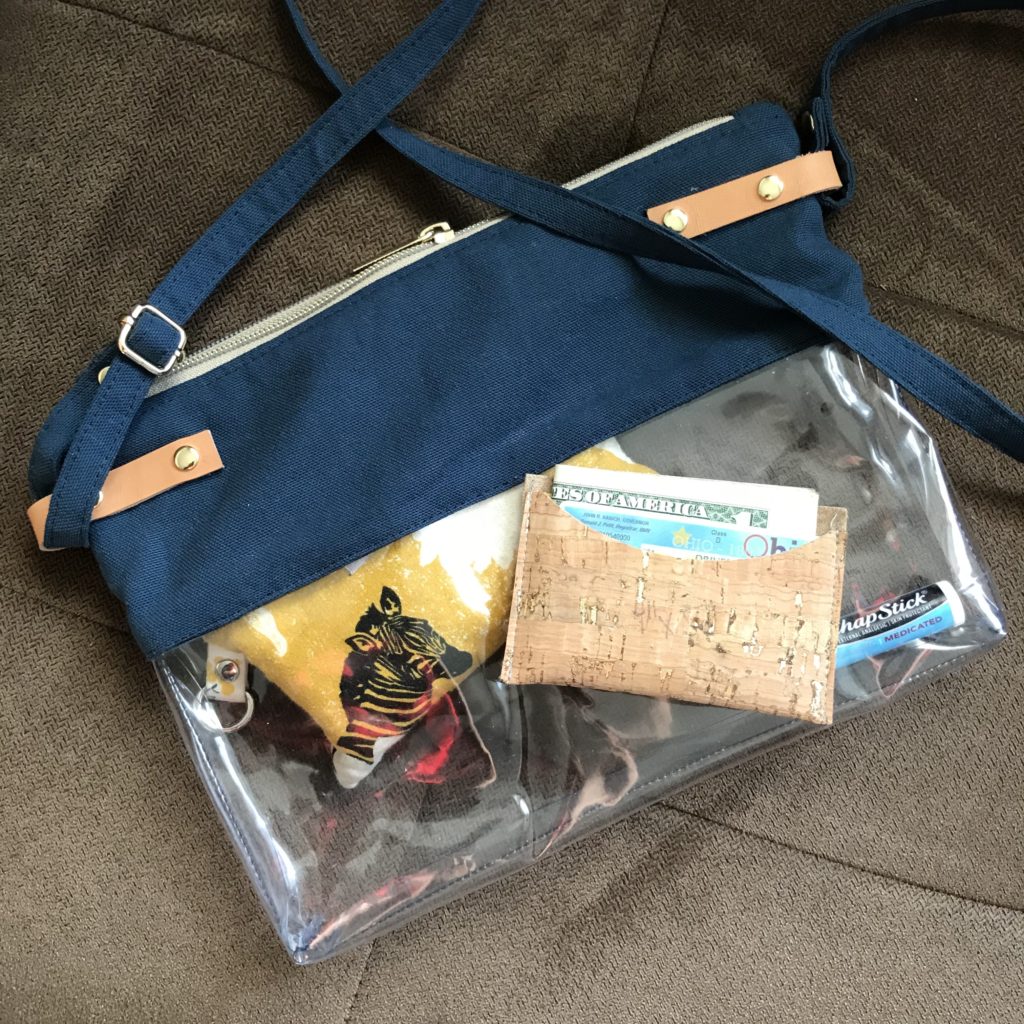
Original from Fall 2018 – I didn’t have the right hardware late & improvised with leather and plenty of rivets
The Namesake
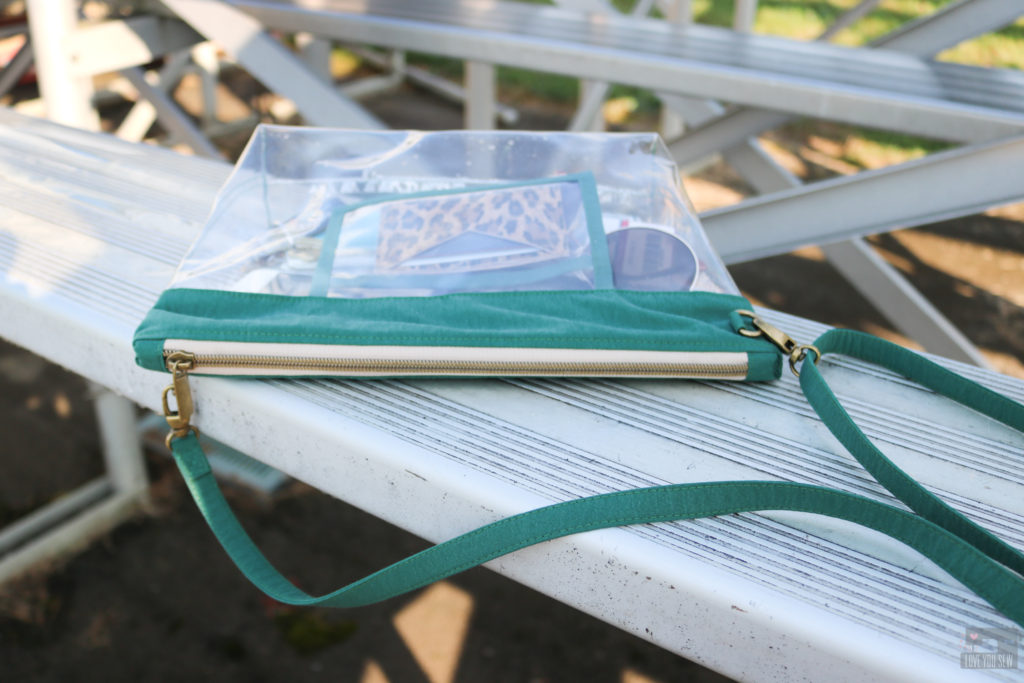
As with all my bag patterns, they are named after one of my eleven nieces. Emma is the youngest girl on my husband’s side of the the family but she is far from the “baby” of the bunch. This young lady has so much grit and confidence from being her household’s resident jock. Emma has played travel, club, and high school soccer which allows her to criss-cross the midwest for tournaments. She is also an incredibly talented track star, so it’s only fitting that the bag inspired by sports venues is named after my strong and beautiful Emma.
Features
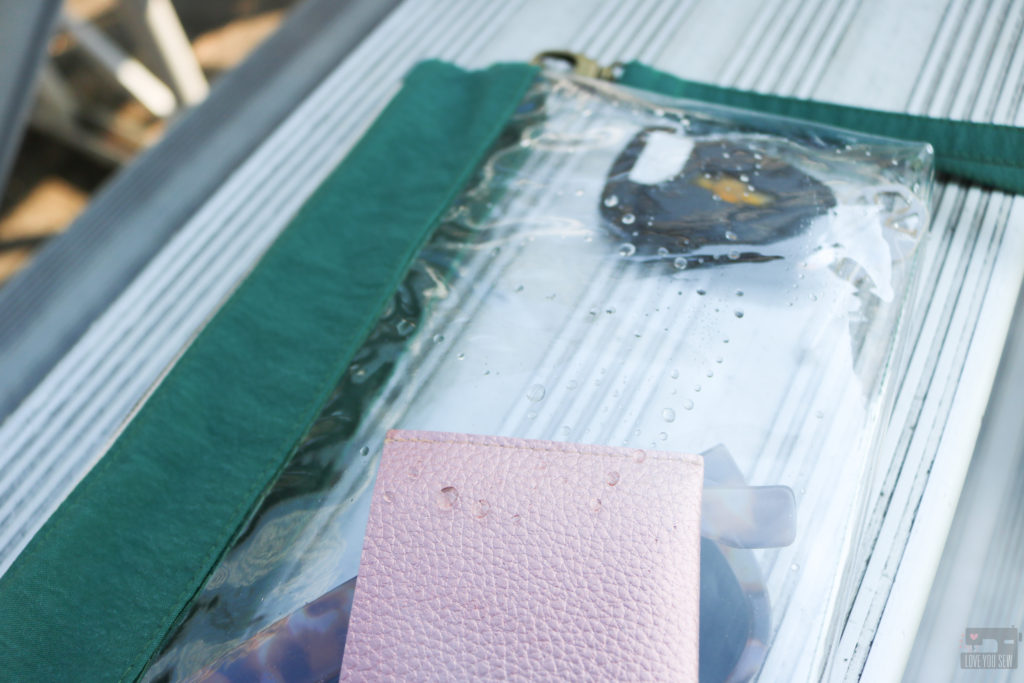
The Emma Stadium bag is based on using clear vinyl as the main body with a fabric zipper top. This makes the zipper easier to sew on and allows you to use your favorite fabric to stay unique and stand out from the crowd. Not only does the zipper keep your belongings from falling out, it keeps strangers’ hands out too. It helps protects your phone and wallet from the elements, as well as from that possible beer spill
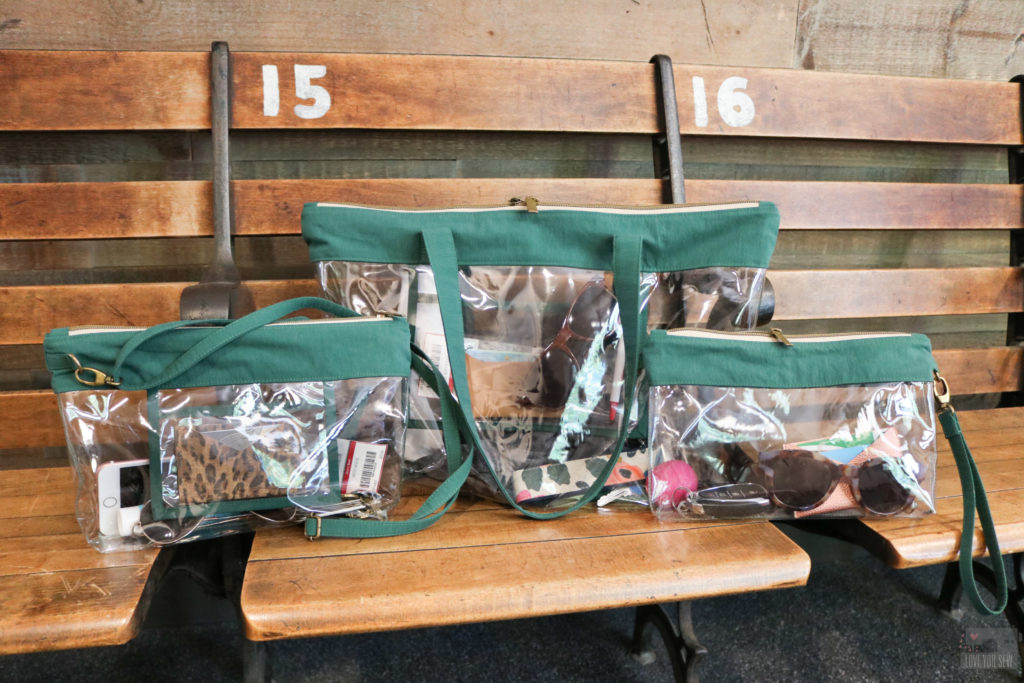
This is my first pattern offered in multiple sizes. I did a little crowd-sourcing on Instagram and asked all of you about my ideas for this bag. Initially, I thought I would write a pattern for the maximum sized bag allowed in the NFL – thinking you would want to maximize your space. But you told me smaller was actually better! So, I listened hard and have THREE different sizes available for all of your needs.
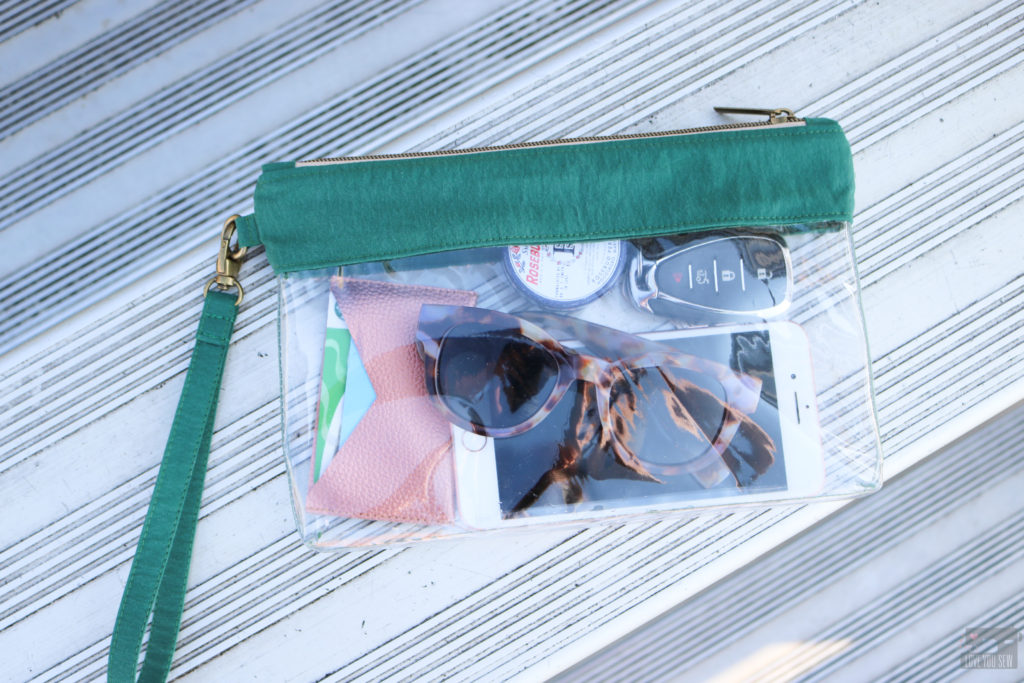
- Small with Wristlet strap – This size is for the light packer who just needs the essentials. It fits a cell phone, sunglasses, a small wallet like the Shuffle Cardholder, plus tissues, keys and lip balm.
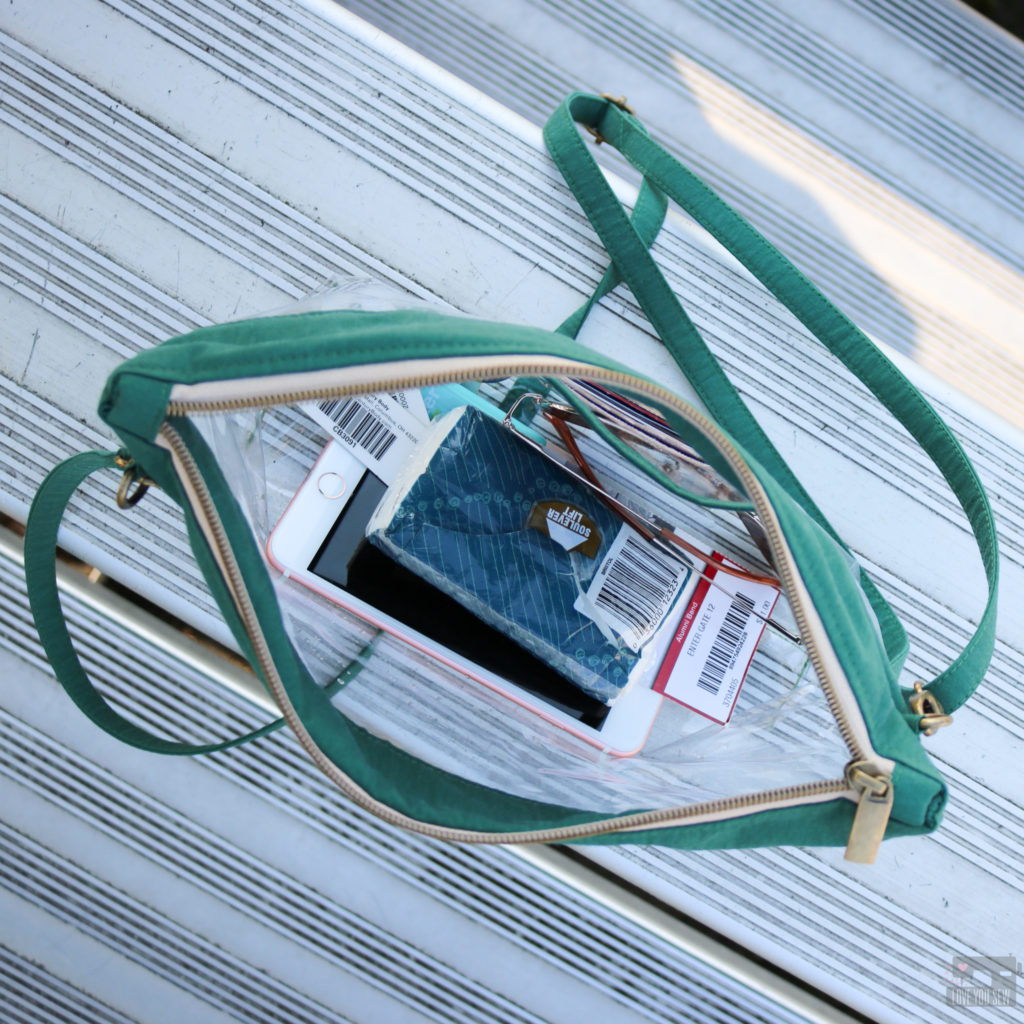
- Medium with Cross-body Strap- This a great size to hold more items while still having the ease of a cross-body. You can hold items for a whole day’s worth of activities from tail-gate to the game. I like this size in colder weather to hold earmuffs, hand warmers, and gloves.
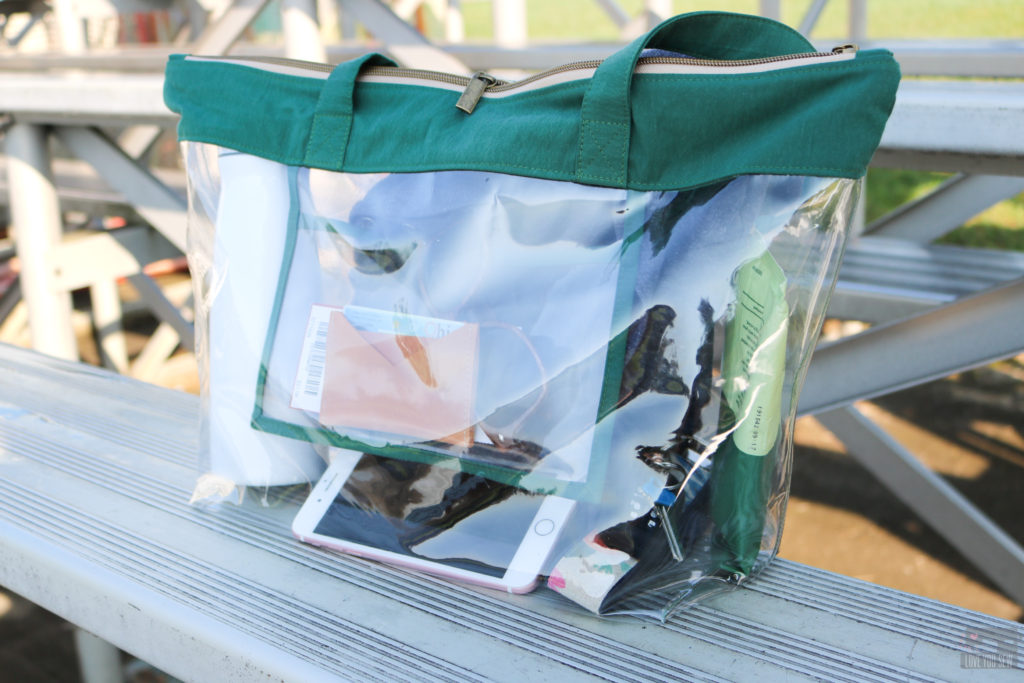
- Large with Shoulder sStraps- The large bag, will hold the most when you want to bring in all of the above plus an extra sweatshirt or blanket. It can hold seat cushions and all the game-day merch you want to buy! *While it does not exactly conform to the NFL/PGA policy. It IS the same on a volume basis. I don’t know if you would run into issues, since all security is different. You can open the zipper when going through security if they ask to measure the bag.
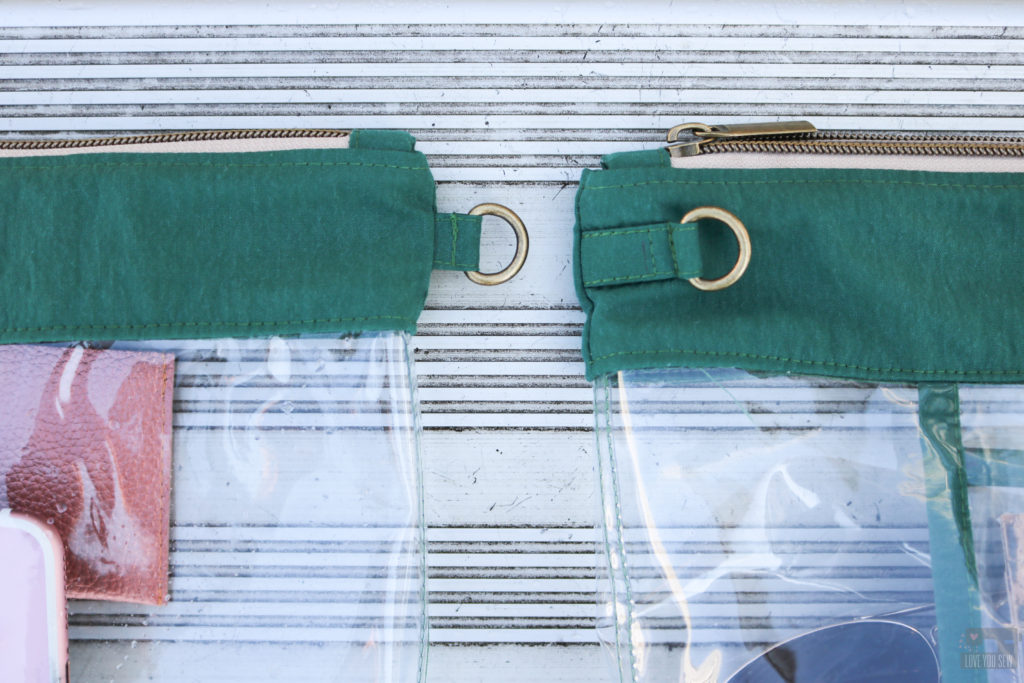
- Although each size has it’s own instructions for straps, you can mix and match the styles along with two different ways to attach D-ring tabs. There is a short optional that leaves an “ear” on your bag while the long option sews the tab back onto the body for a smooth side silhouette.
- Pockets – The medium and large sizes include instructions to include slip pockets for extra organization. This is perfect for your tickets and slim wallets.
- Vinyl side seams are sewn down for smooth interior – Your hands won’t be scratched by hanging seam allowances, especially if using a more rigid vinyl.
- Fabric Zipper Top completely encloses the vinyl body for a clean finish inside and out
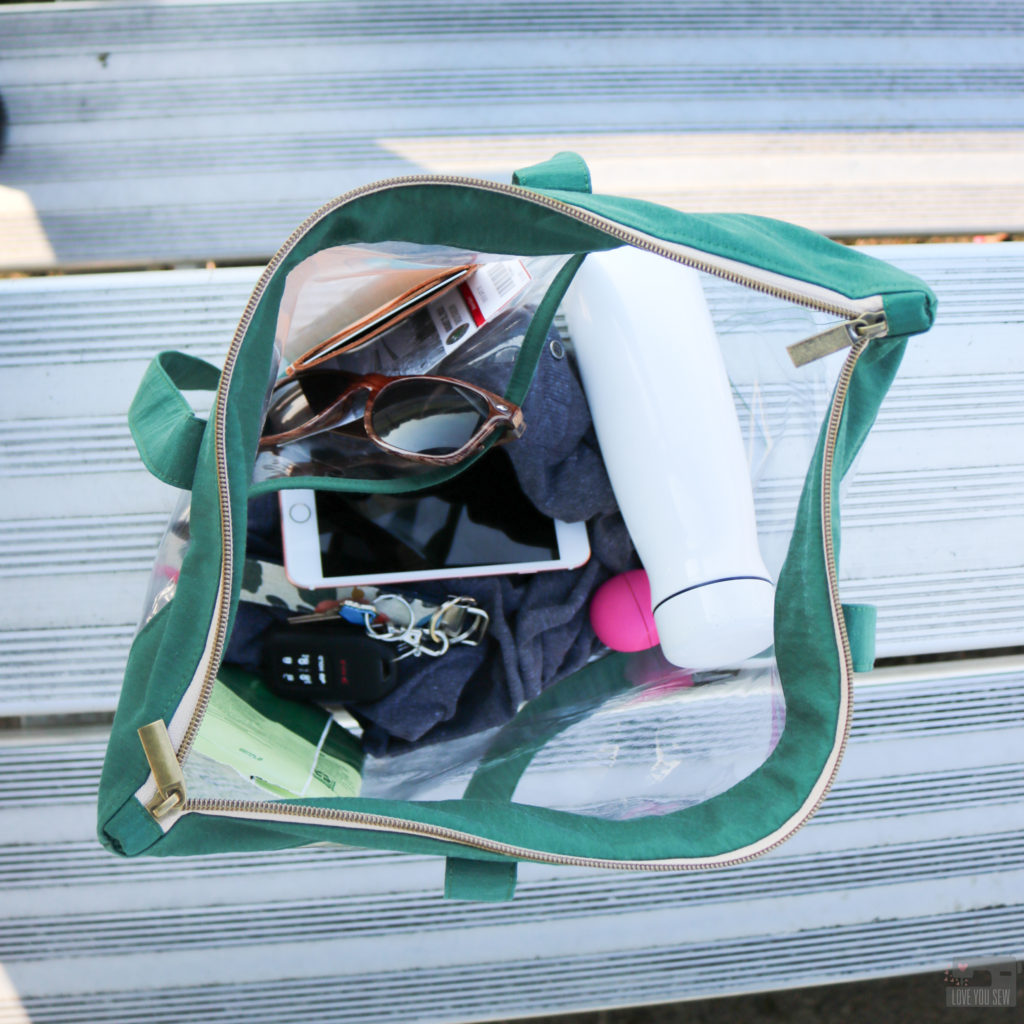
The Emma Stadium Bag is definitely not just for sporting events. Many concert halls have similar policies and many schools are adopting a clear bag policy. If you’ve ever worked in retail, there has generally been a clear bag policy to avoid theft. The large size can double as a school/work bag with its generous sizing. The medium size makes for a great project bag for yourself or the kids! It can hold lots of art supplies and you can easily wipe down the sides. It’s also a great toiletry bag for travel and the gym. With the TSA a permanent fixture at airports, the small can be used in lieu of all of those quart sized bags – saving the planet and your contents from spillage!
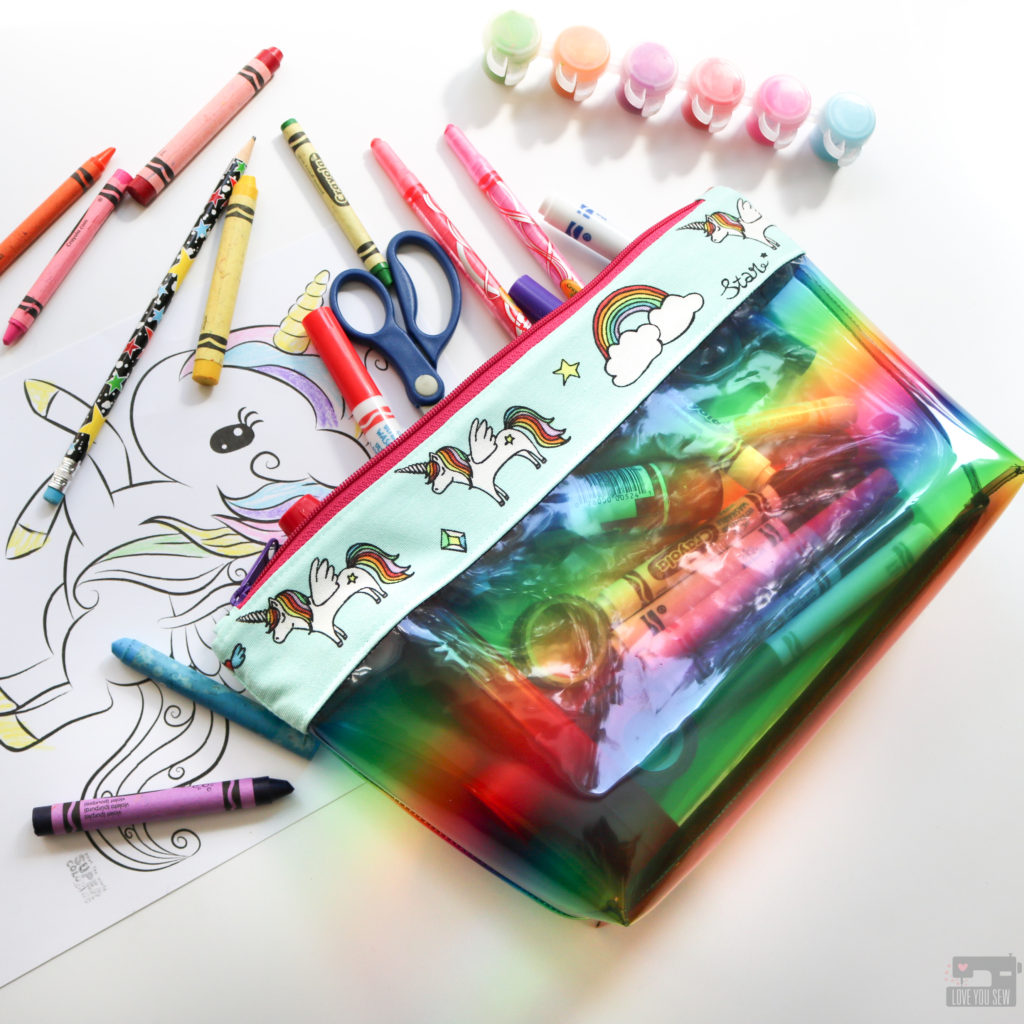
Fabrics
The body of the Emma Stadium Bag is about 2/3 vinyl, so there is not much fabric involved to make this bag. The zipper top was designed to use Quilt Cotton and other similar weight woven fabrics. This allows you to use your favorite fabrics and customize each of your makes. All of my examples are using a waterproof lightweight canvas which makes them great for the outdoors and for my traveling adventures with the family.
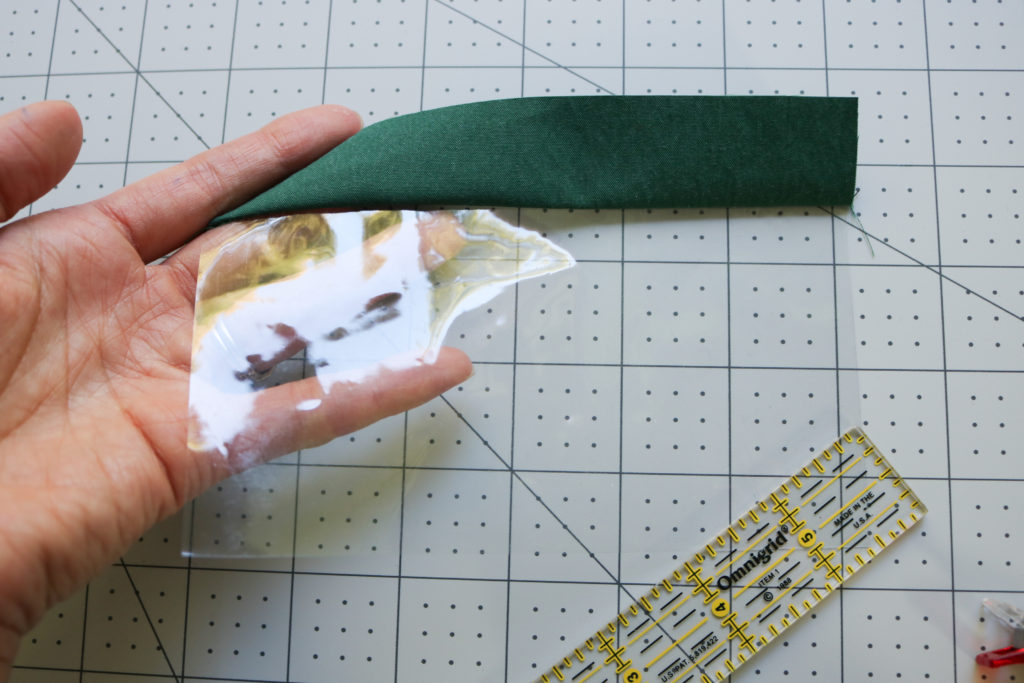
Vinyl thickness is measured by gauge number – with the smaller number being thinner compared to a larger number. A 20 gauge will provide a more rigid bag, but a 12 gauge is easier to sew and more pliable when trying to manipulate your bag under your sewing machine.
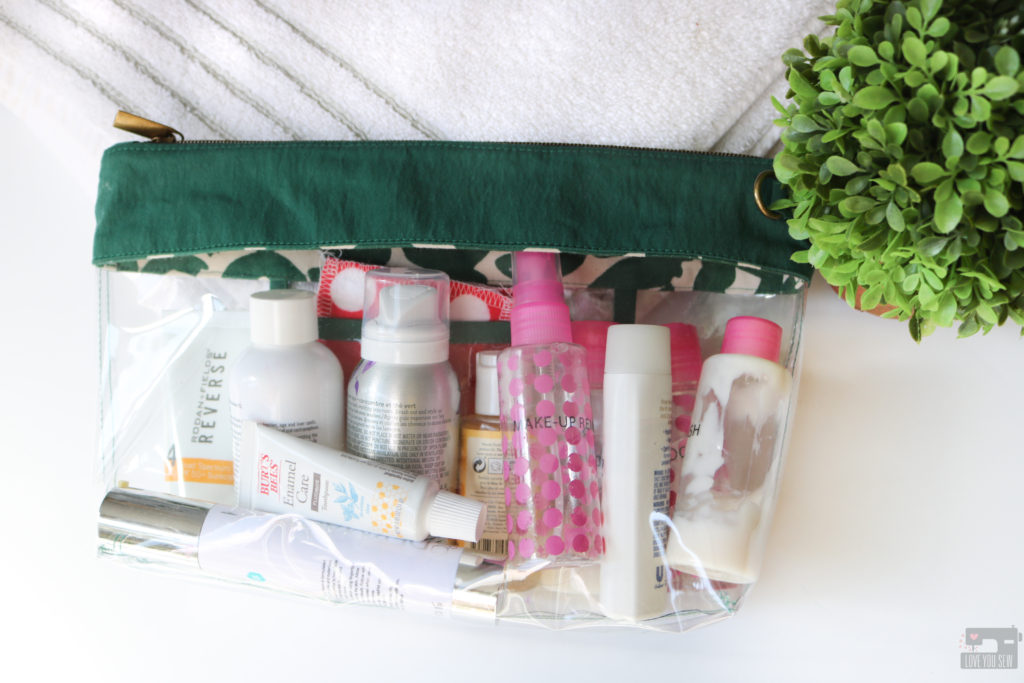
Supplies
- You can get the Emma Stadium Bag pattern here. (aff link)
- Vinyl – Clear 12 gauge purchased from Joann Fabrics and the fun Rainbow 12 gauge purchased from Sew Hungry Hippie – This shop has SO many great colors available! (aff link)
- Zippers – similar Metallic-look Nylon Zipper Tape from Emmaline Bags.
- Hardware – Swivel Clasps are from Emmaline Bags
- Fabric – Overstock Waterproof Chino from Indie Sew
- Teflon Foot – Juki 2010Q foot from Sewing Parts Online
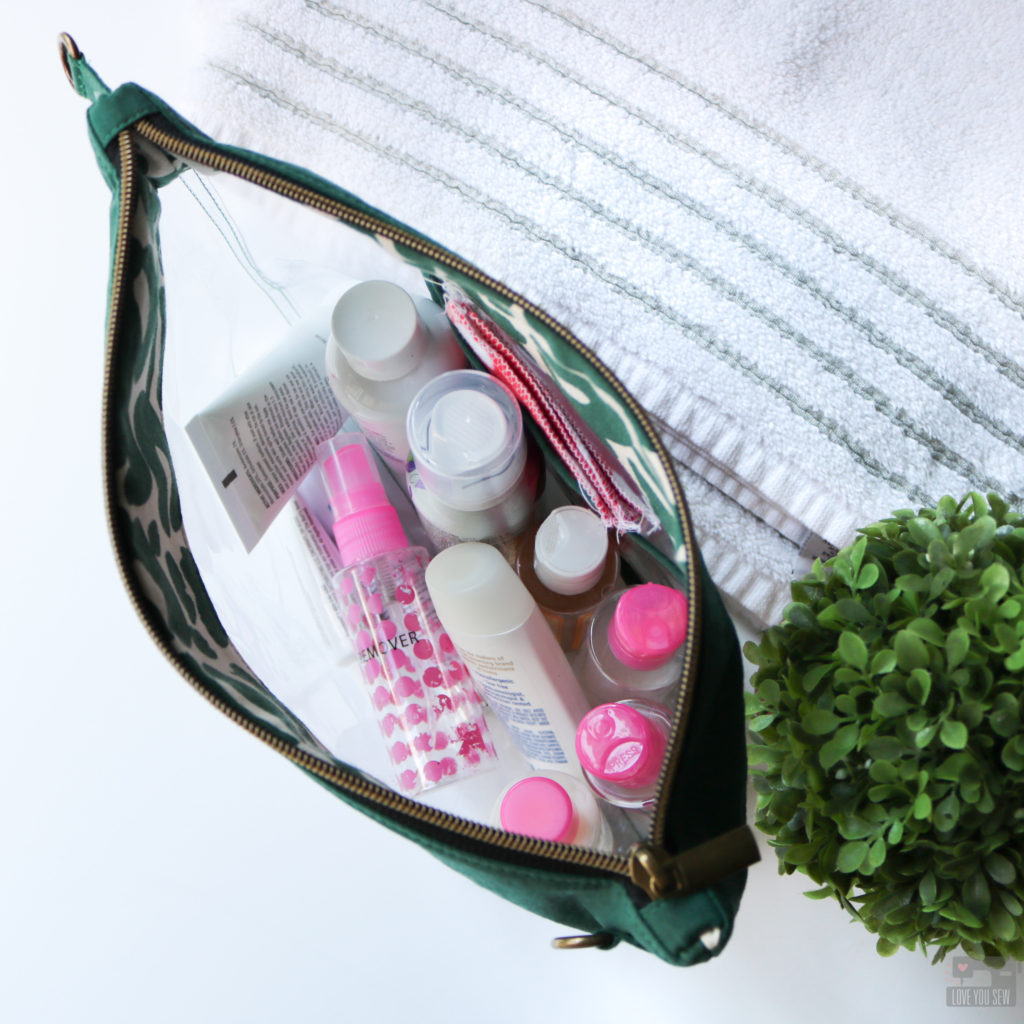
Tester Inspiration
Check out all of the amazing tester versions of the Emma Bag. I love their uses of different fabric and how they decided to use their bags. Click on each image to find the maker on Instagram.
- Large by Yasmin
- Medium by Maggie Ann
- Medium by Sherrene
- Large by Michele
- Medium by Nela
- Small by Maggie Marconi
- Small by Meagan
- Small by Mallory
- Large by Tiahna
I hope you enjoy making the Emma Stadium Bag as much as I have loved designing it! You can find other examples of the bag by following #EmmaStadiumBag and find my other patterns with #LoveYouSewPatterns.
Hugs and Stitches!
Cristy
This post may contain affiliate links. You can read about my Disclosures here.
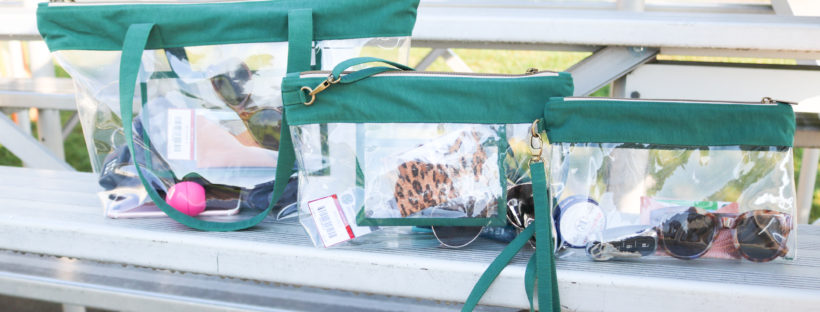

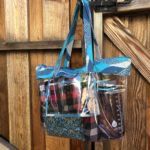
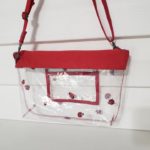
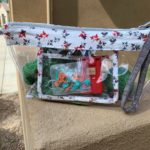
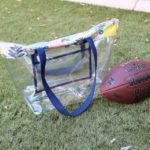
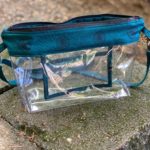
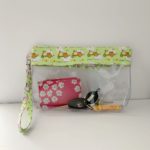

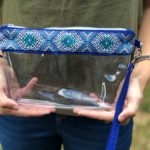
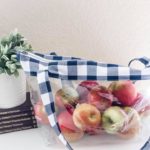
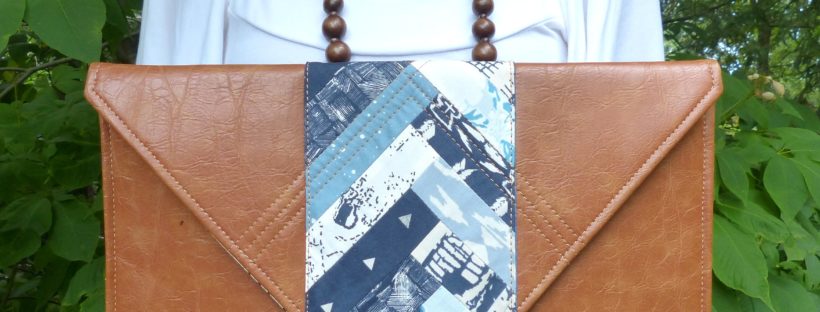
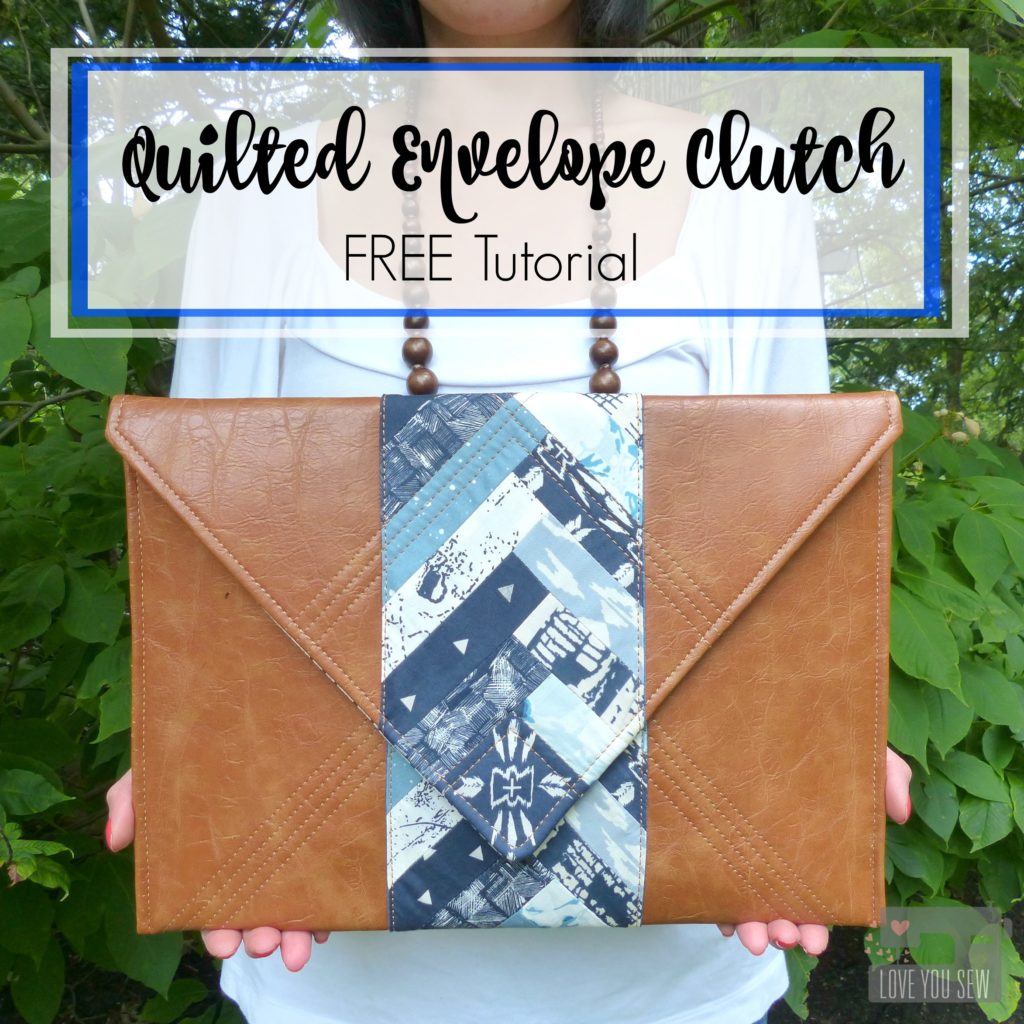
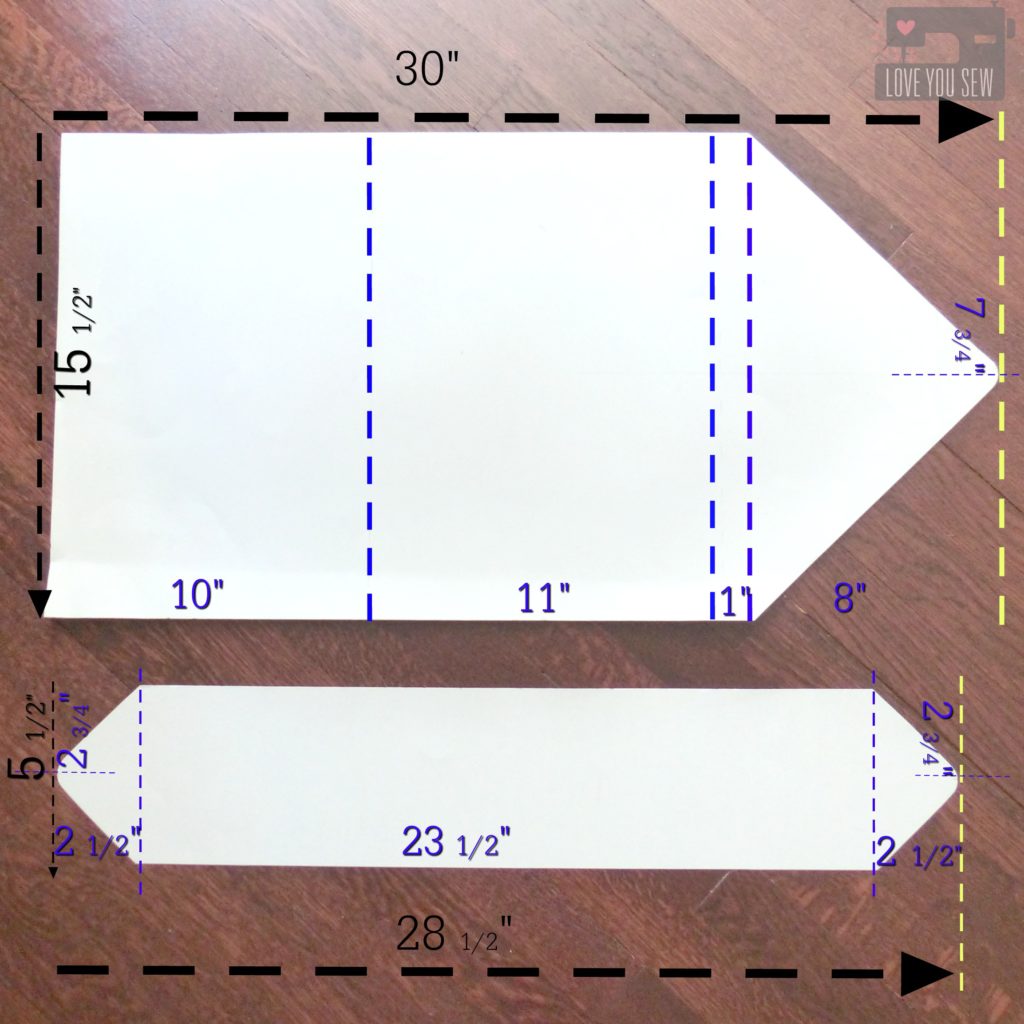
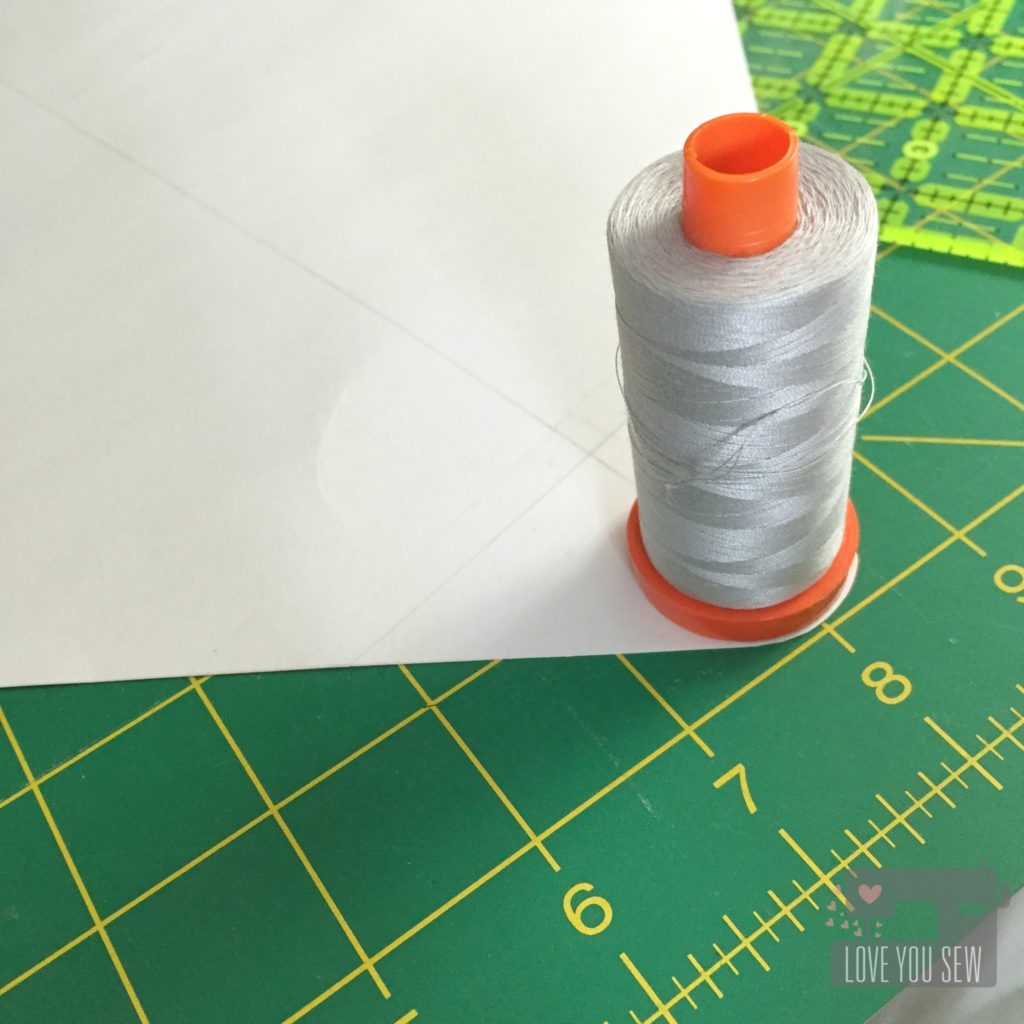
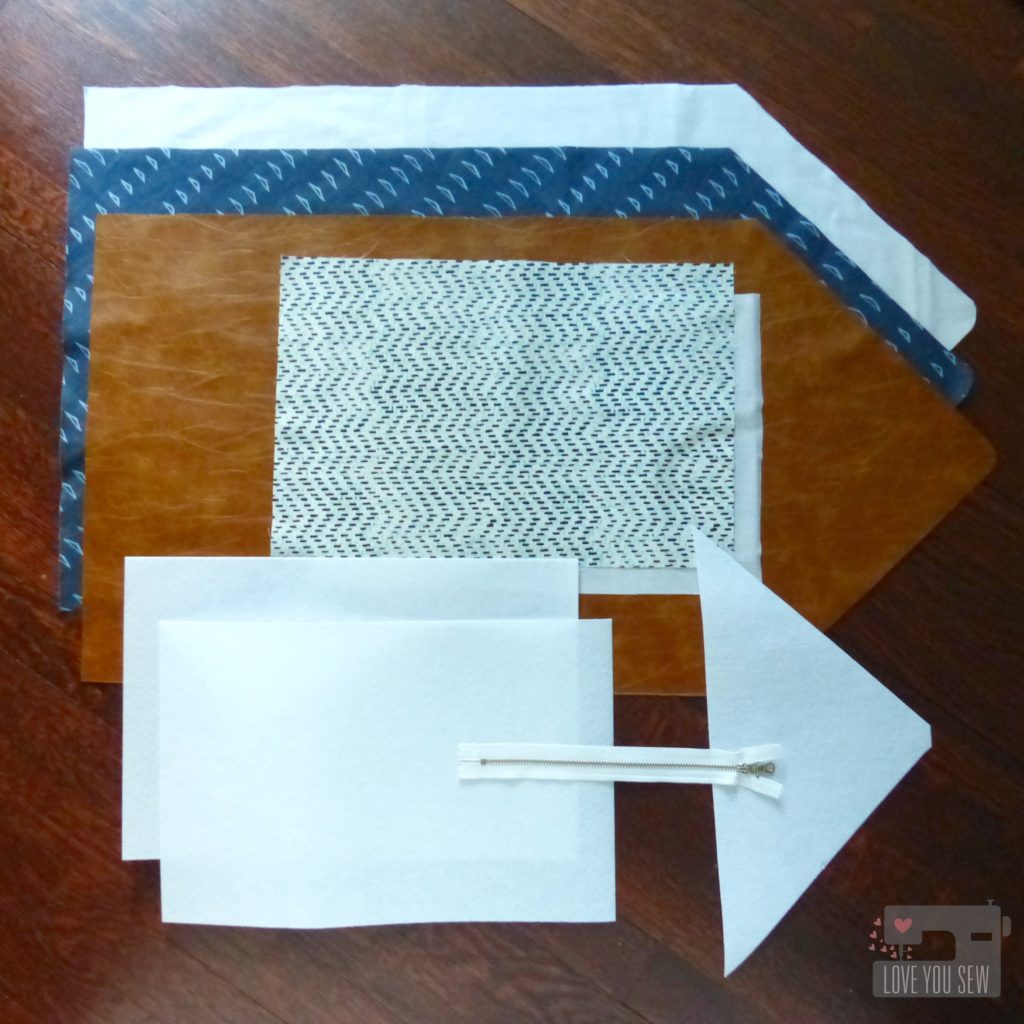
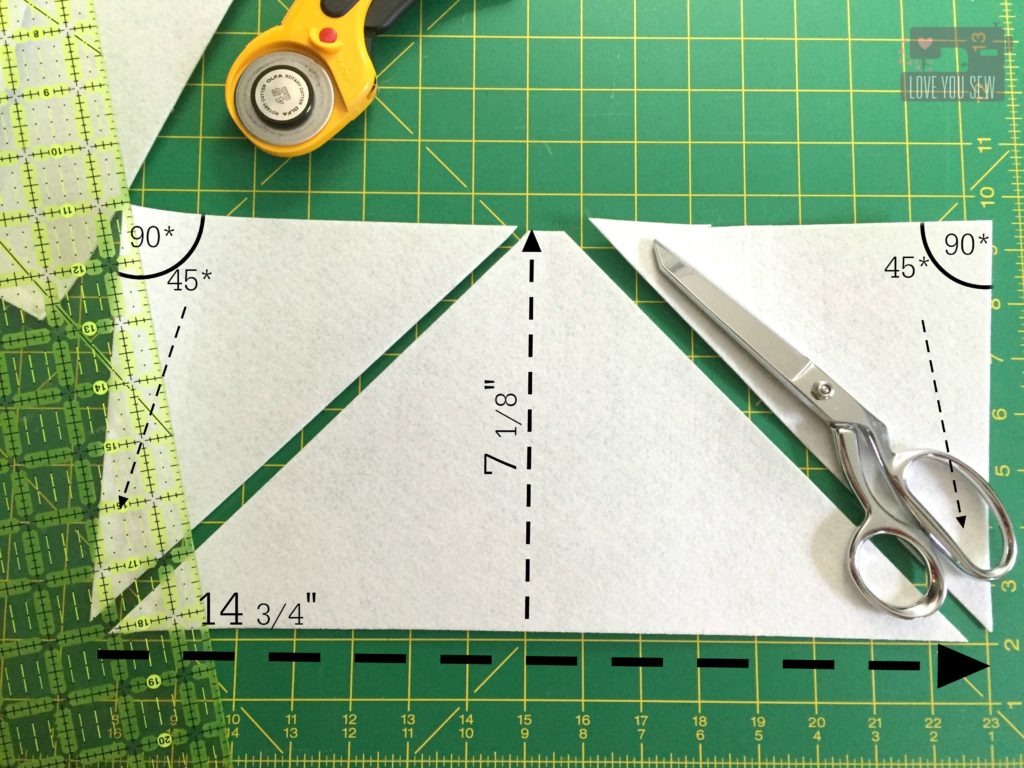
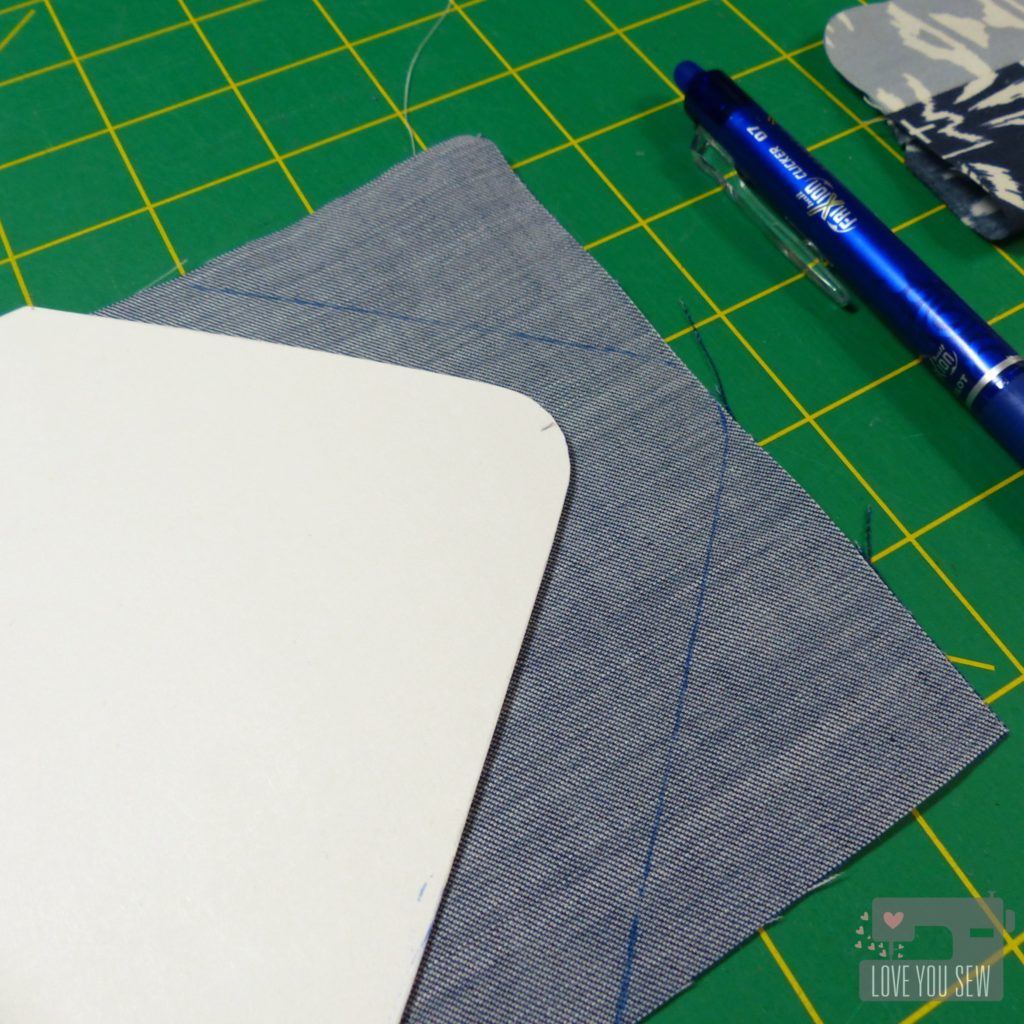
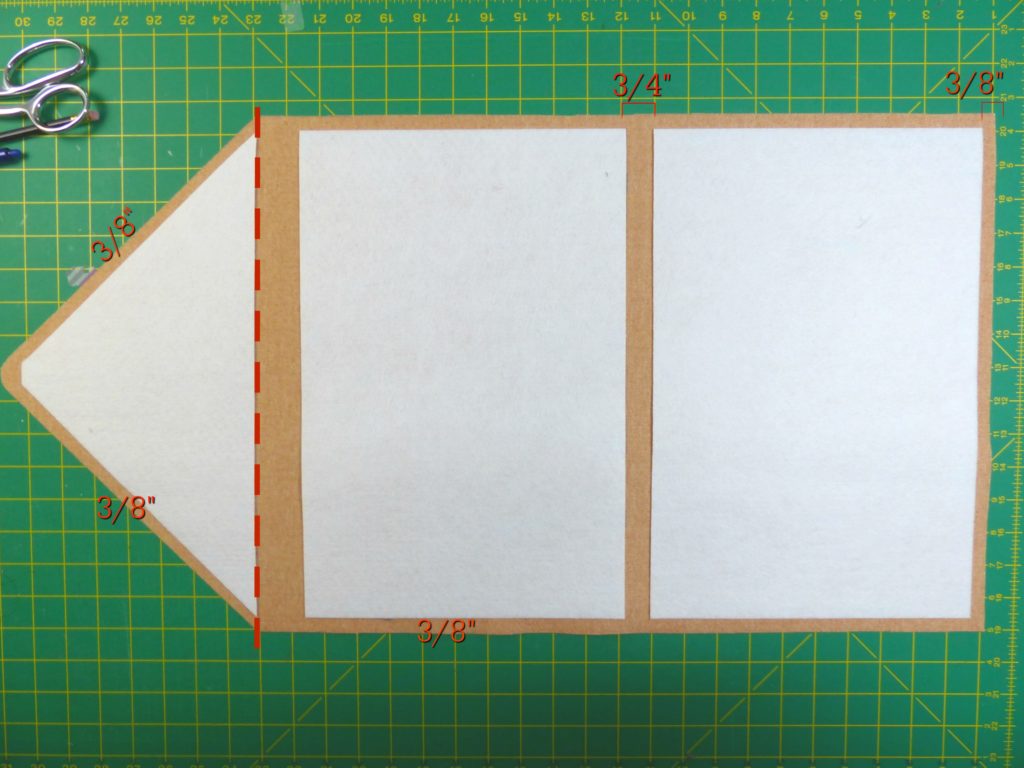

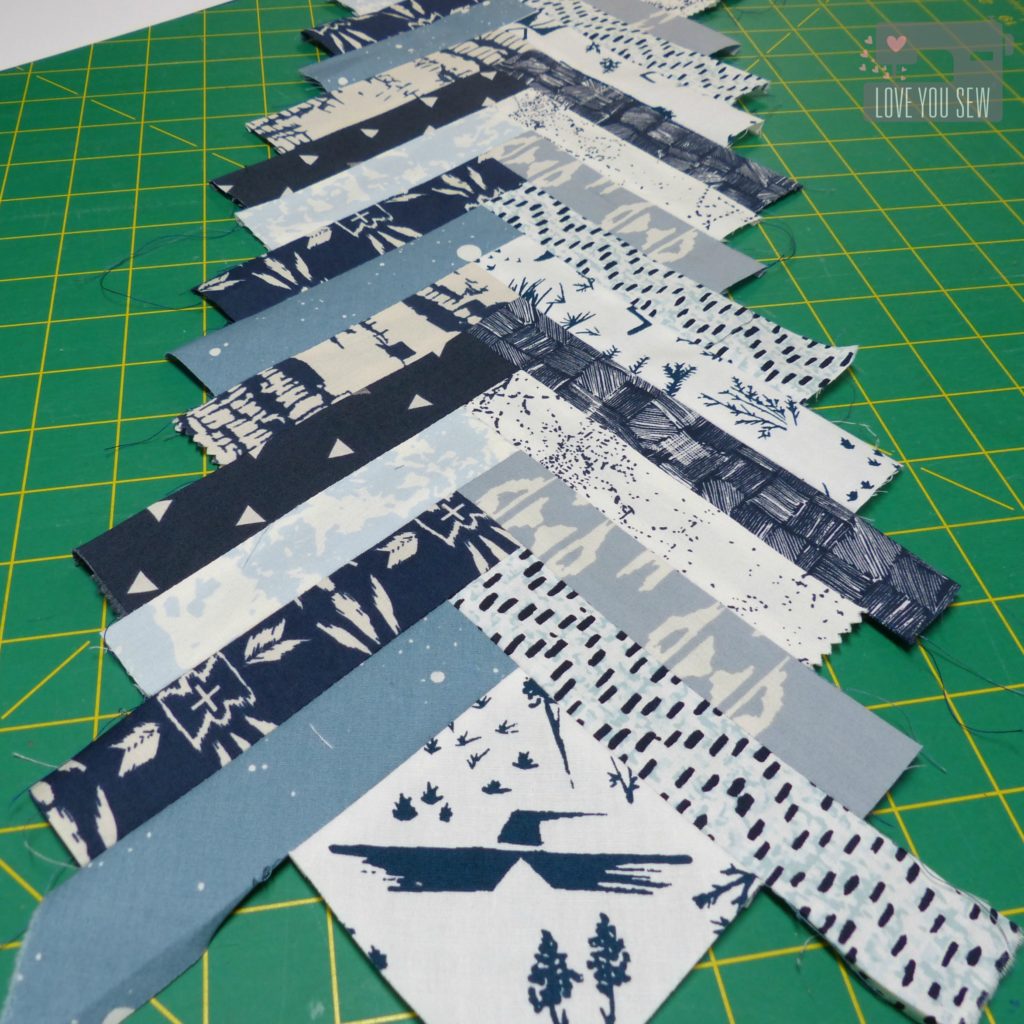
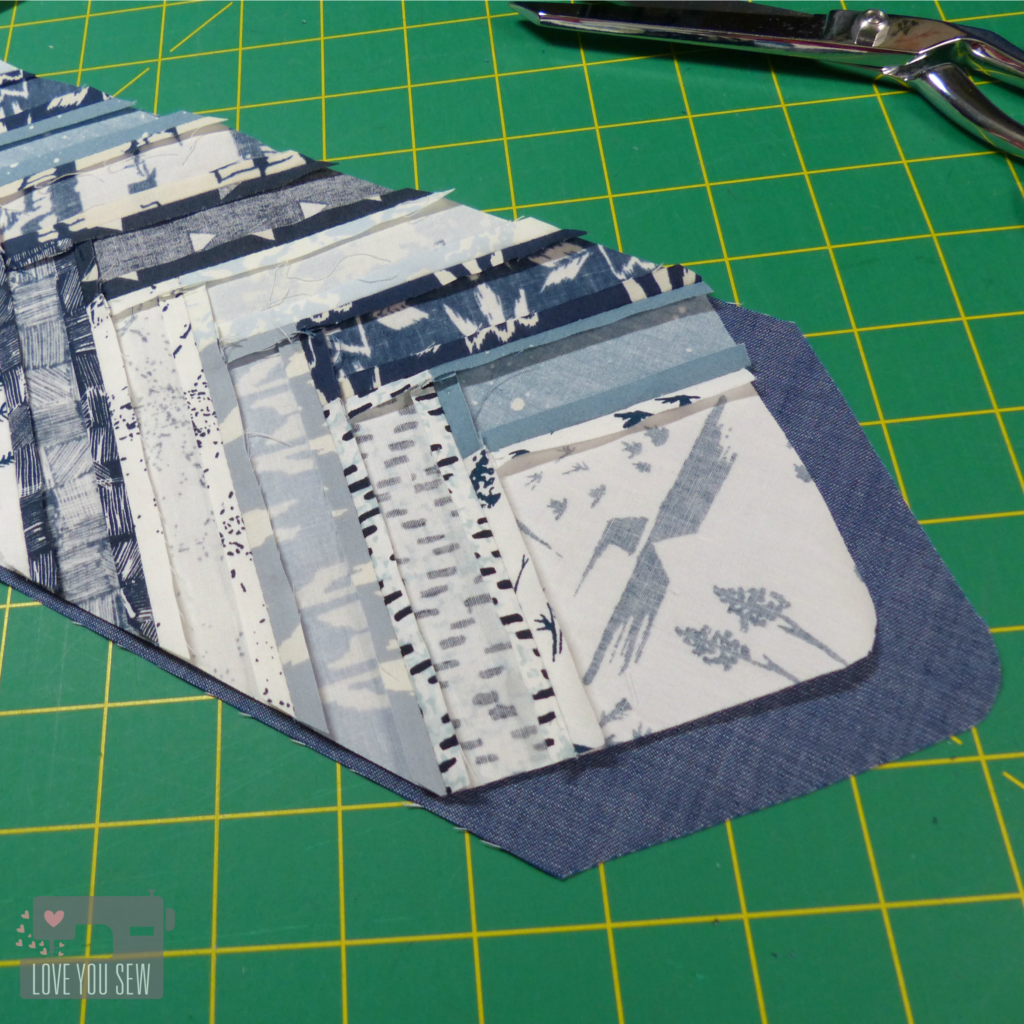
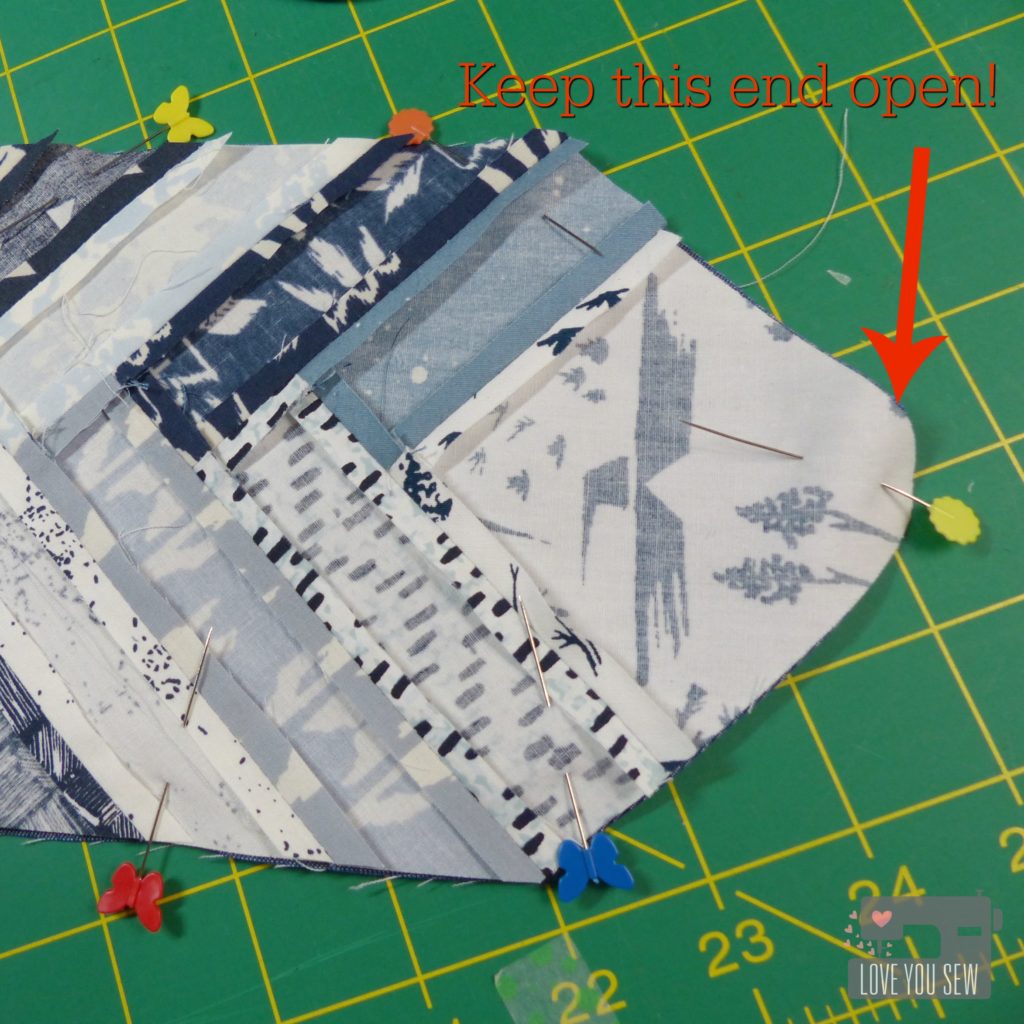
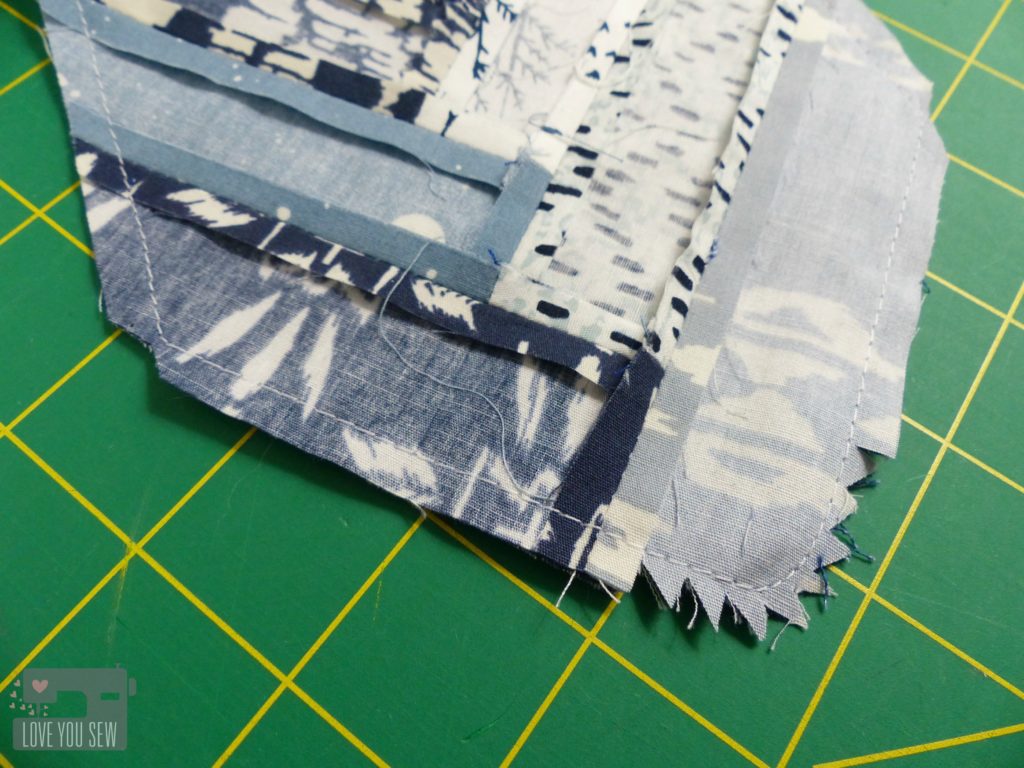
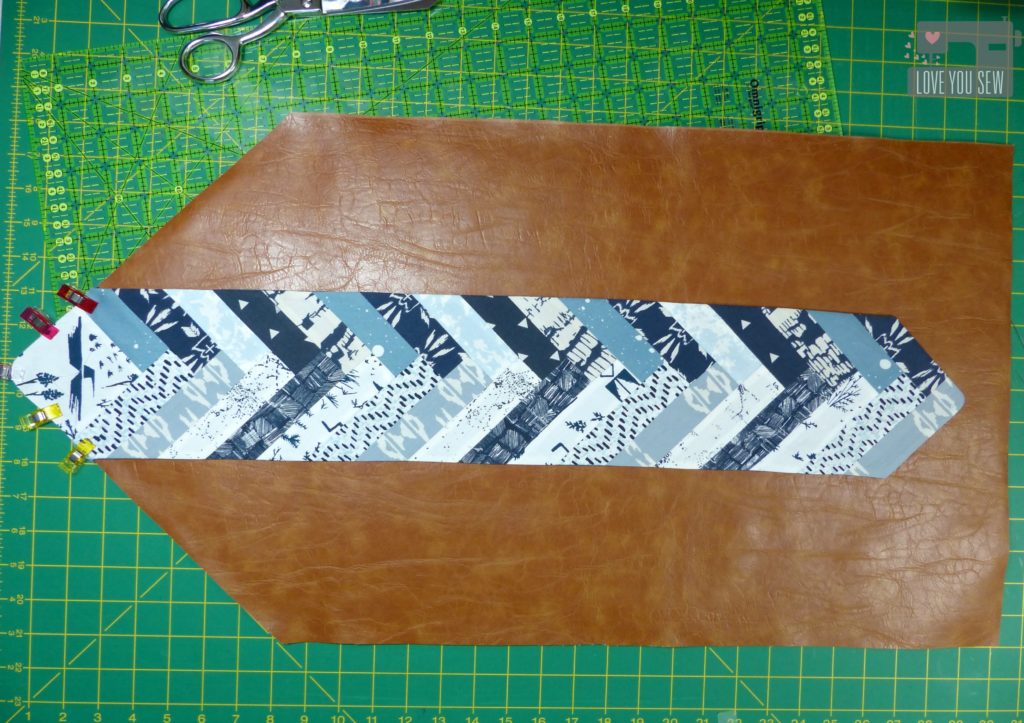
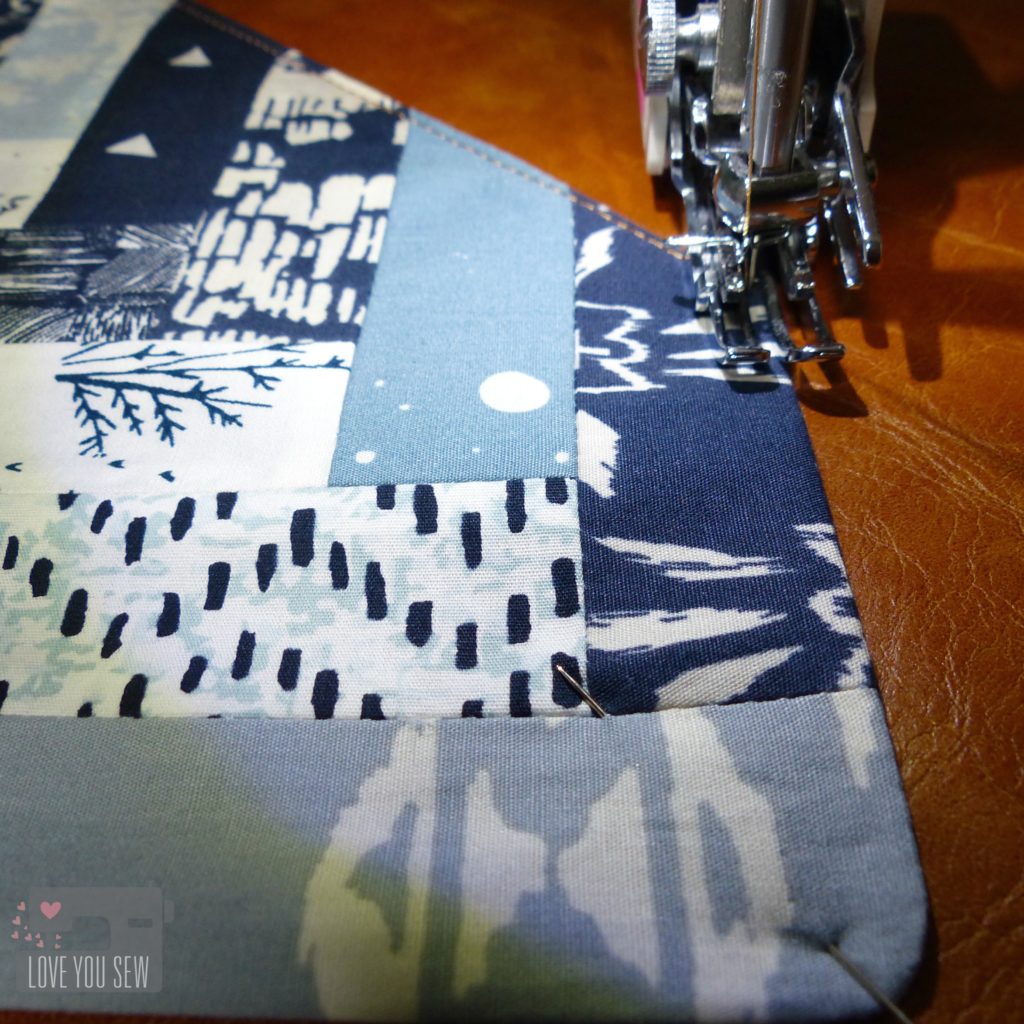
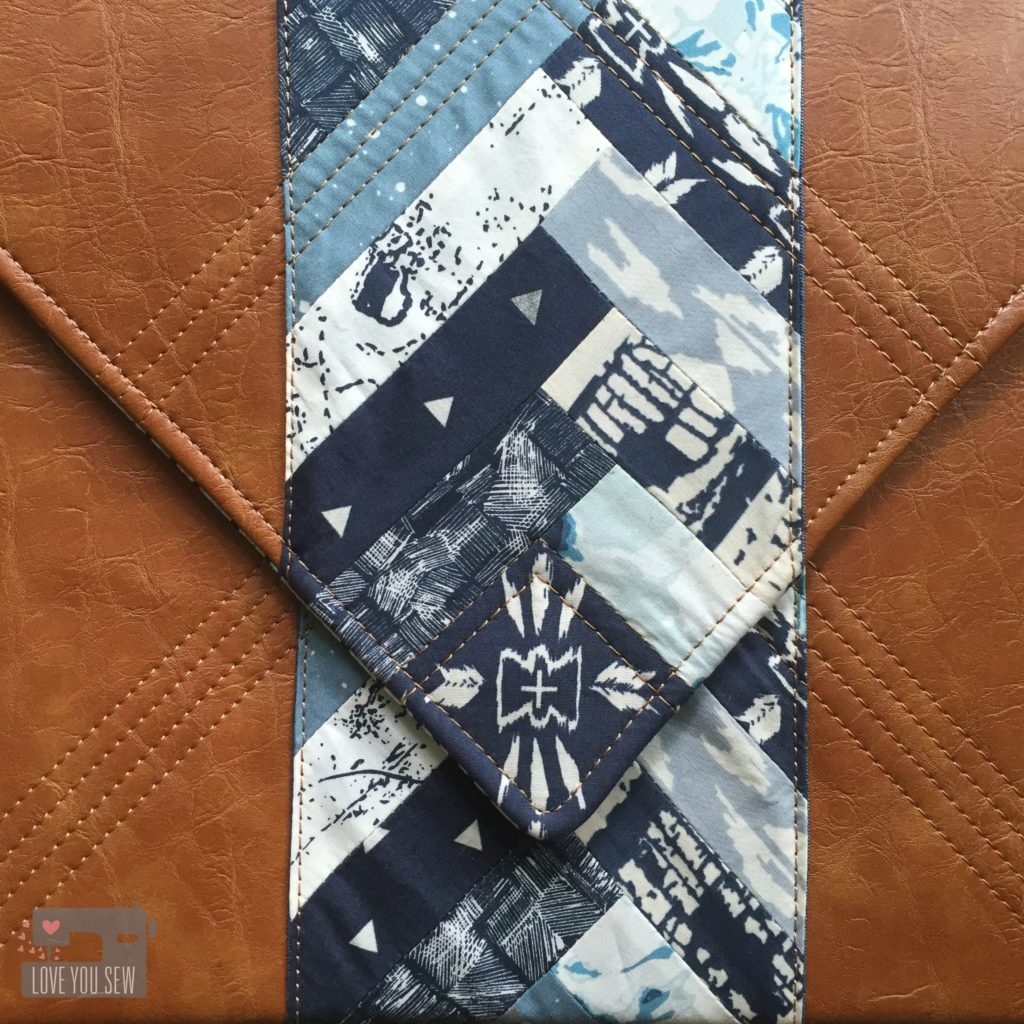
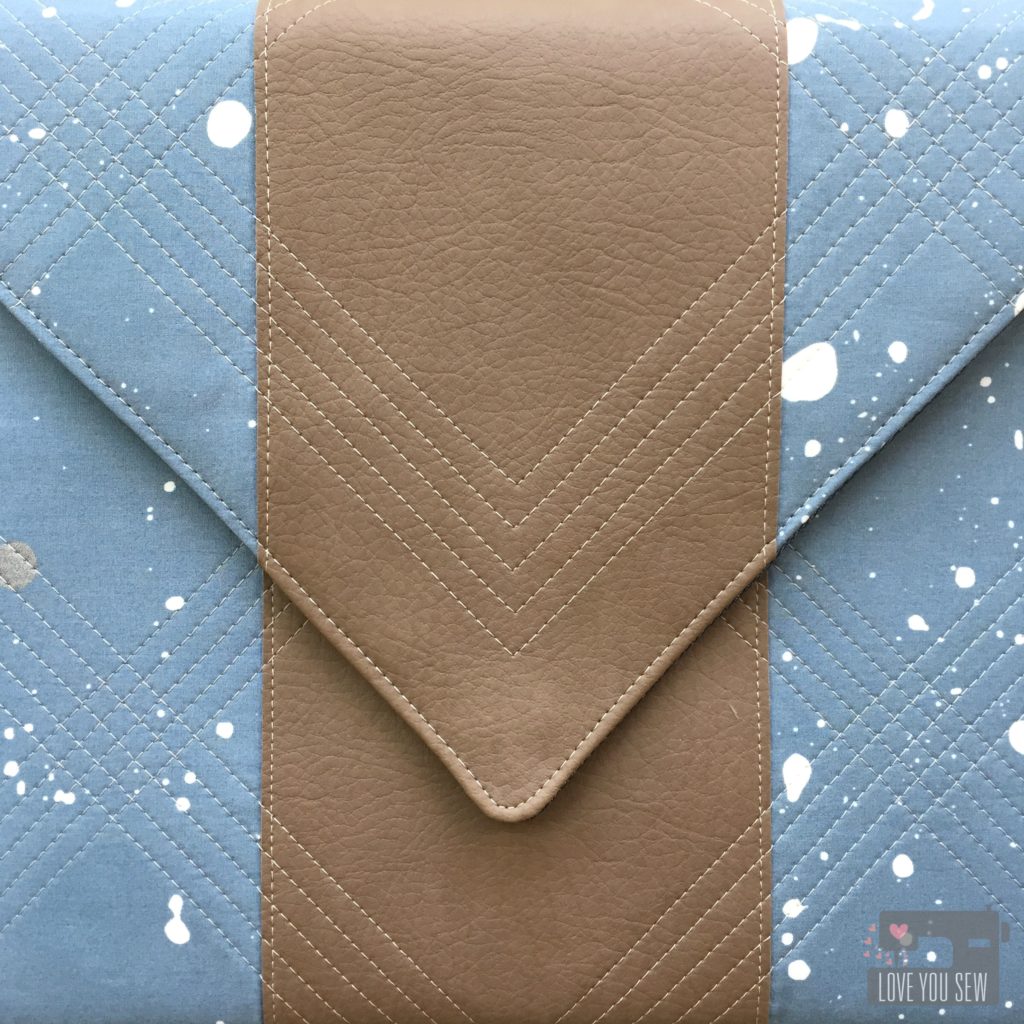
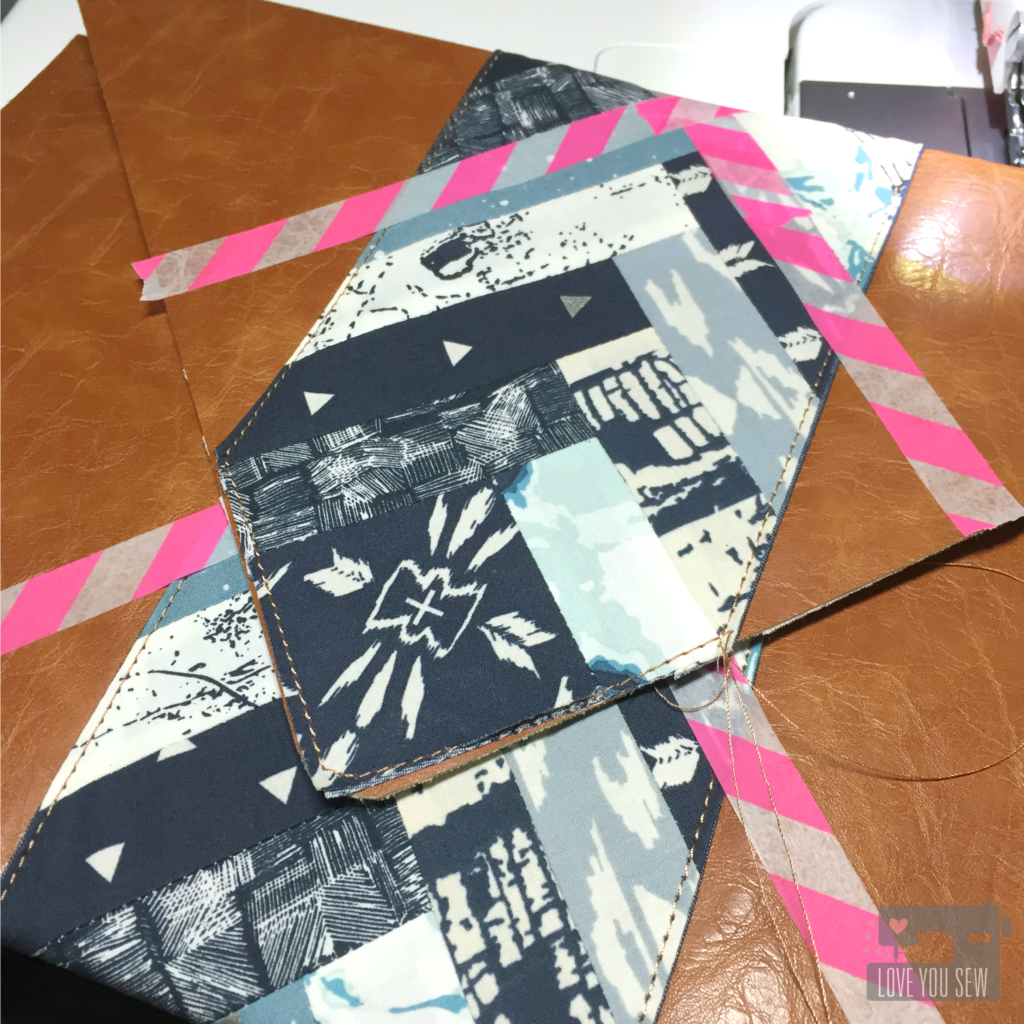
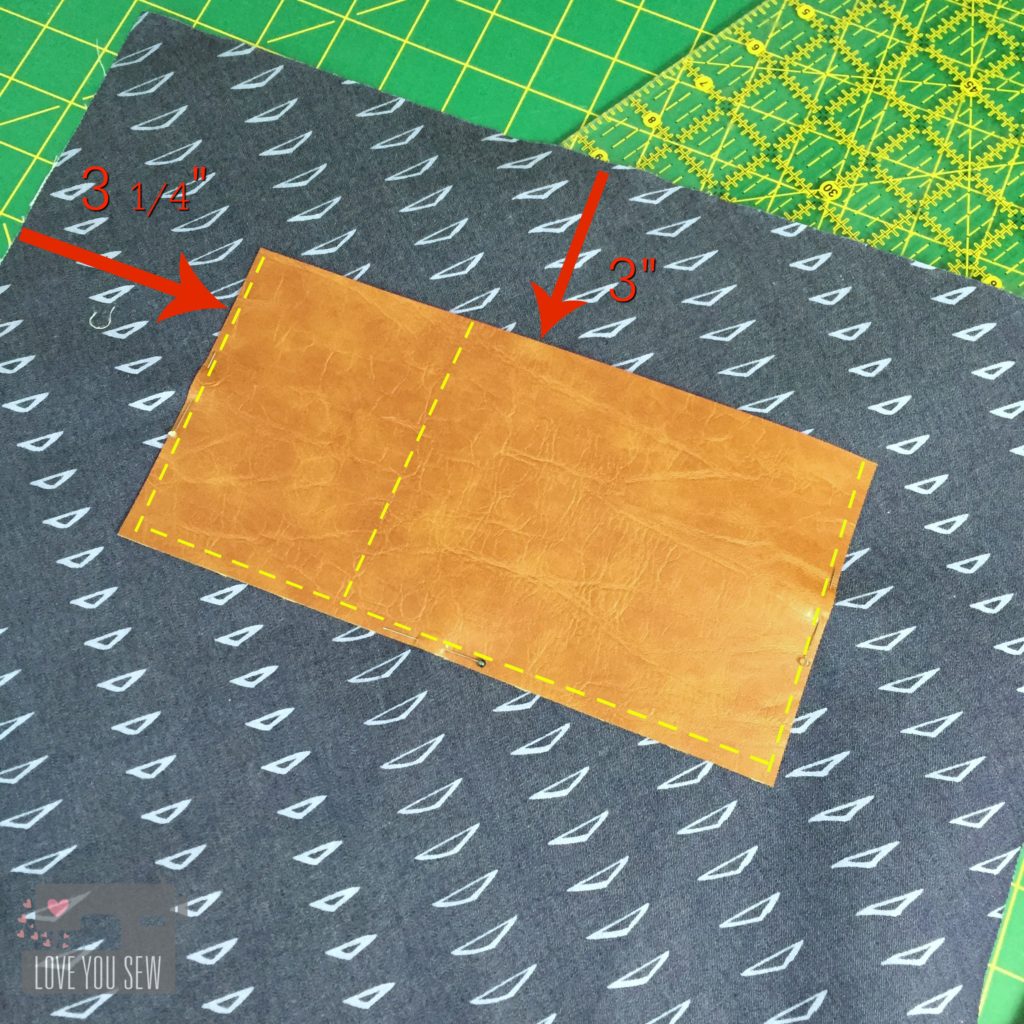
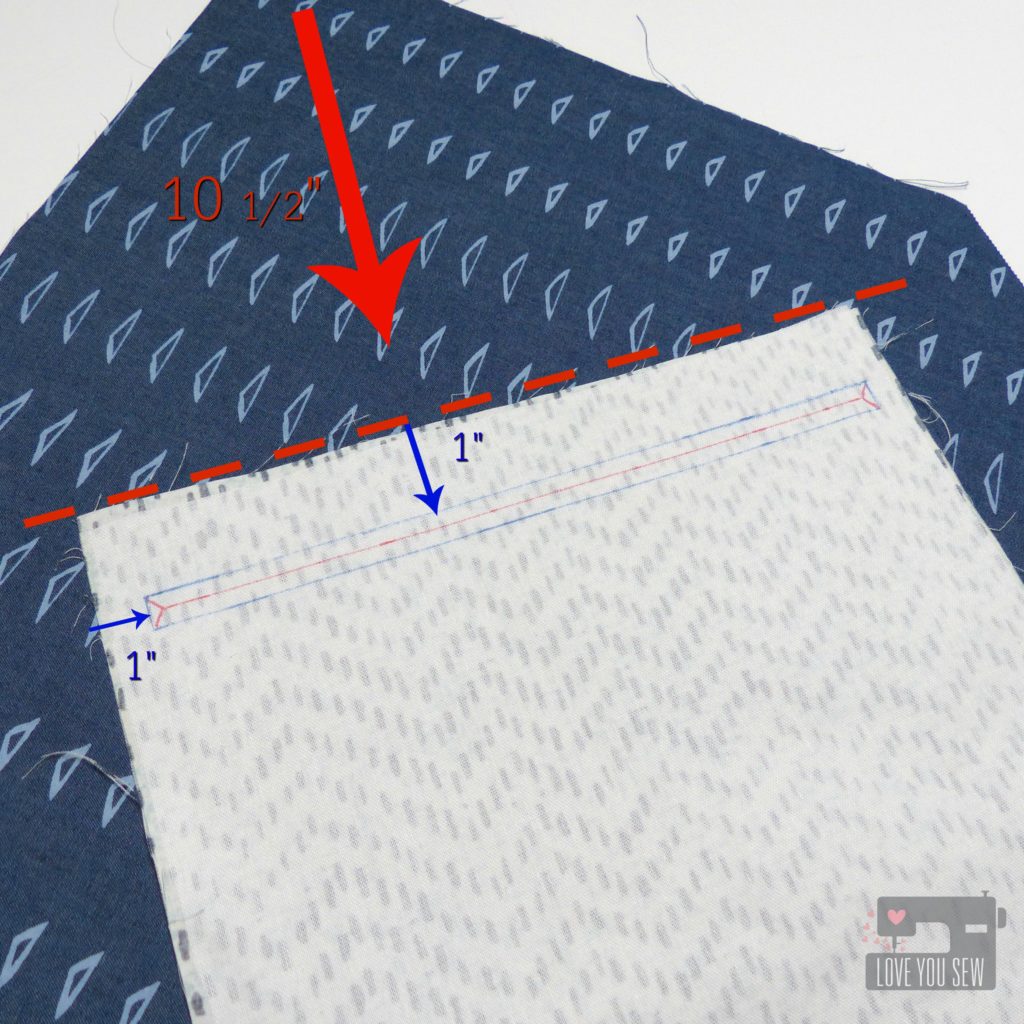
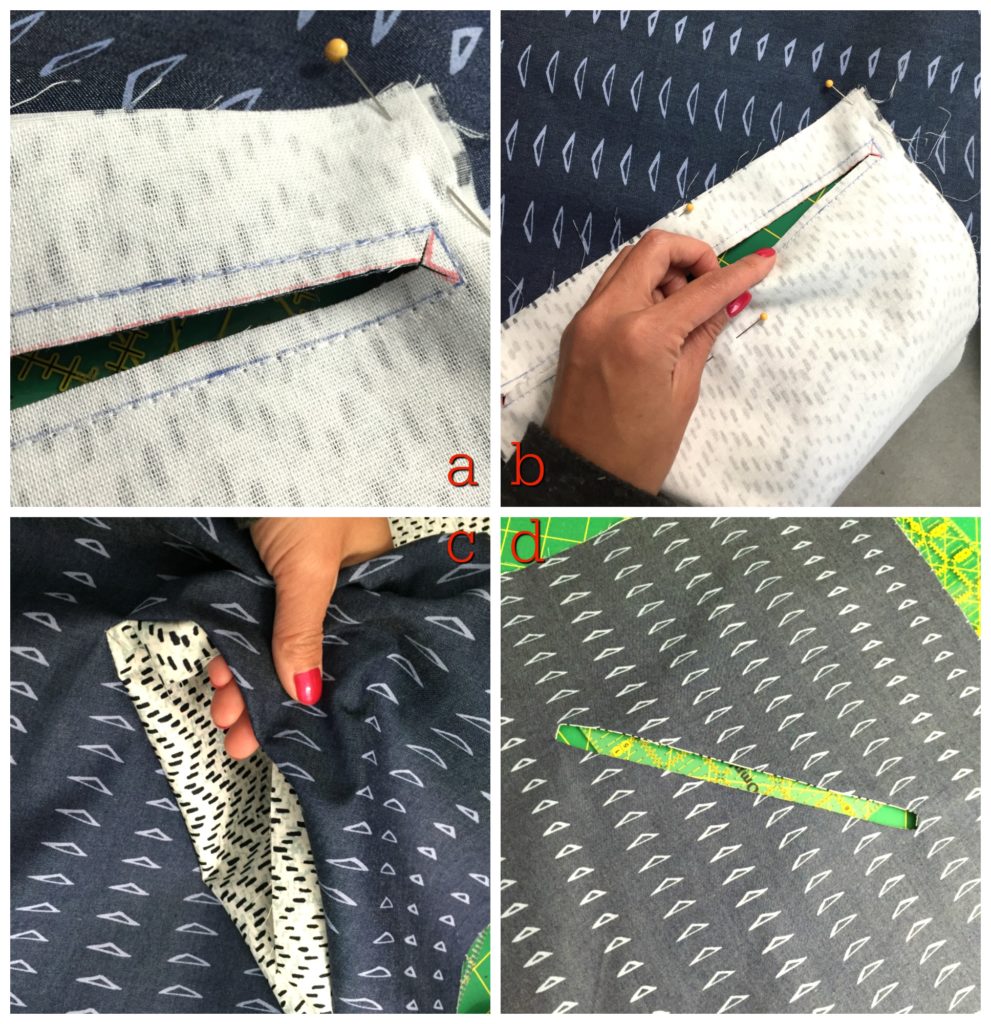
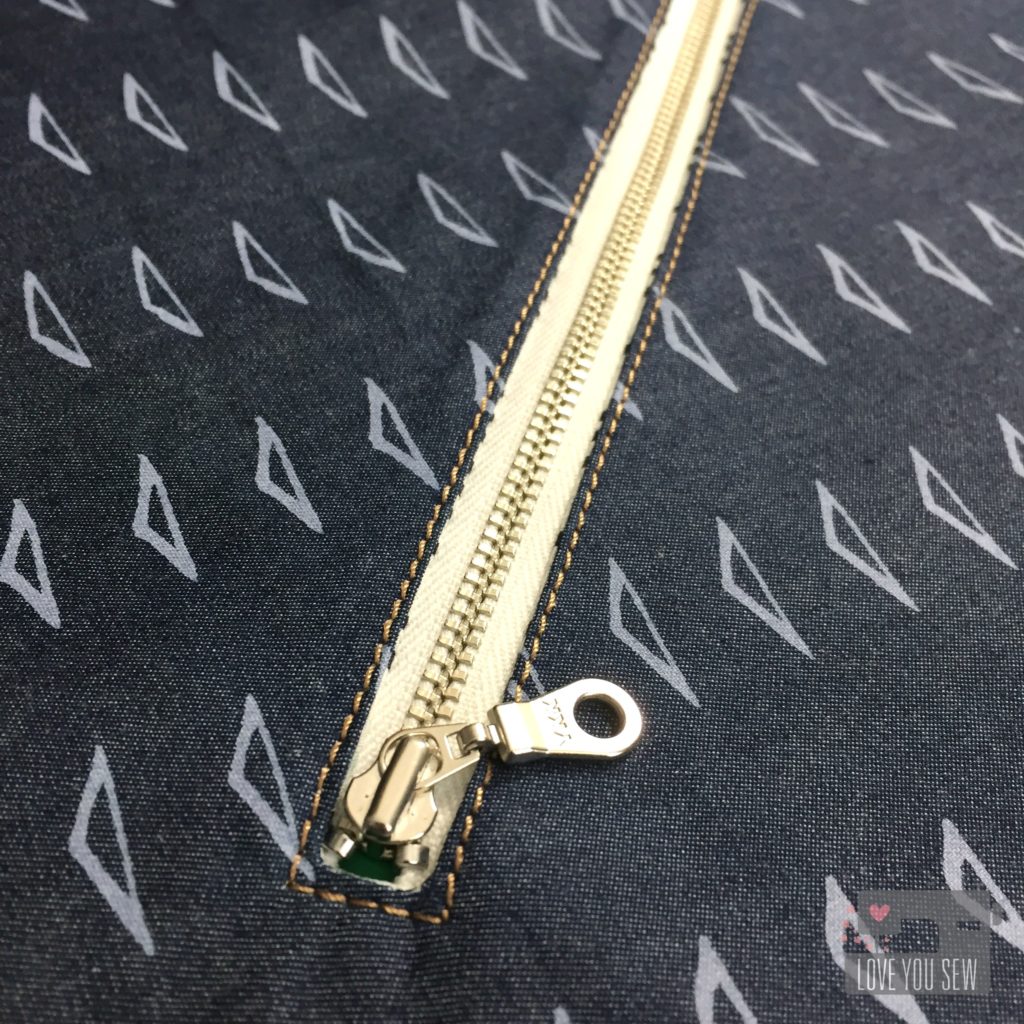
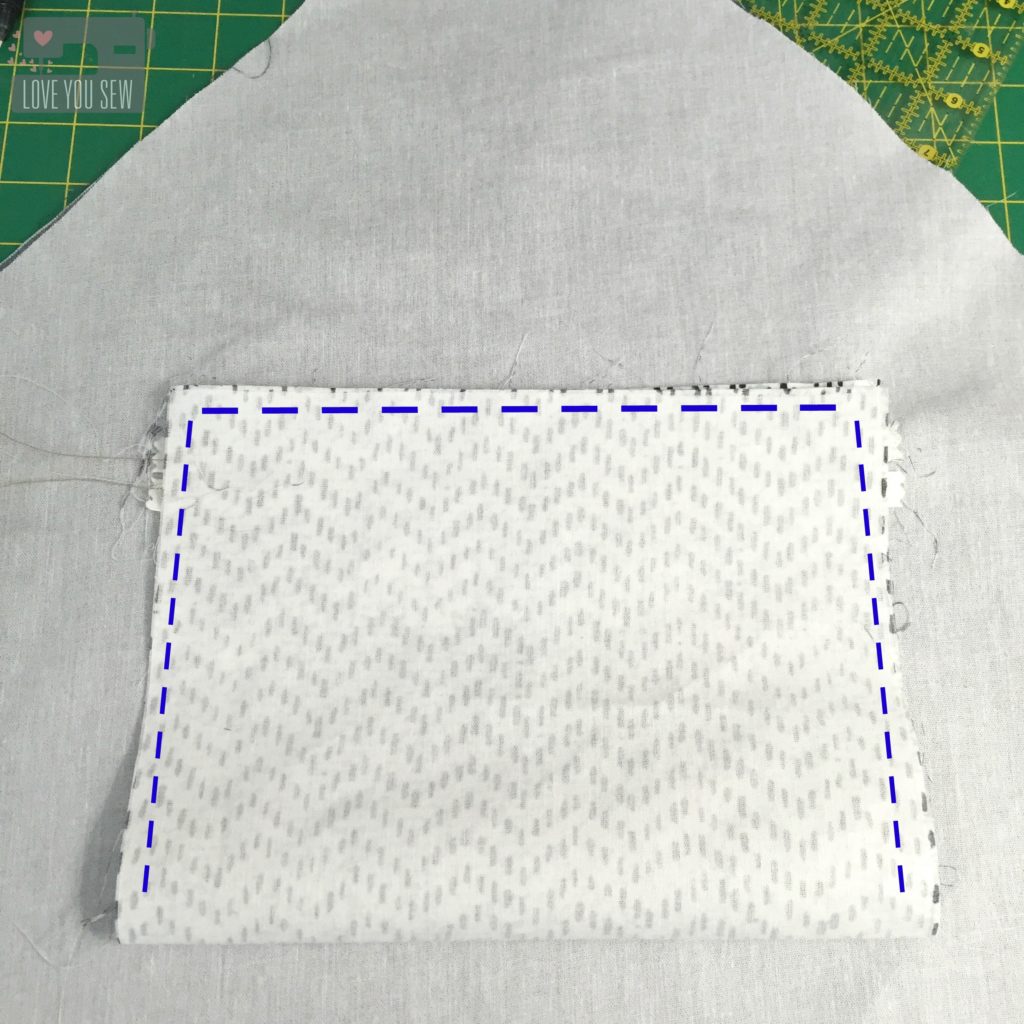
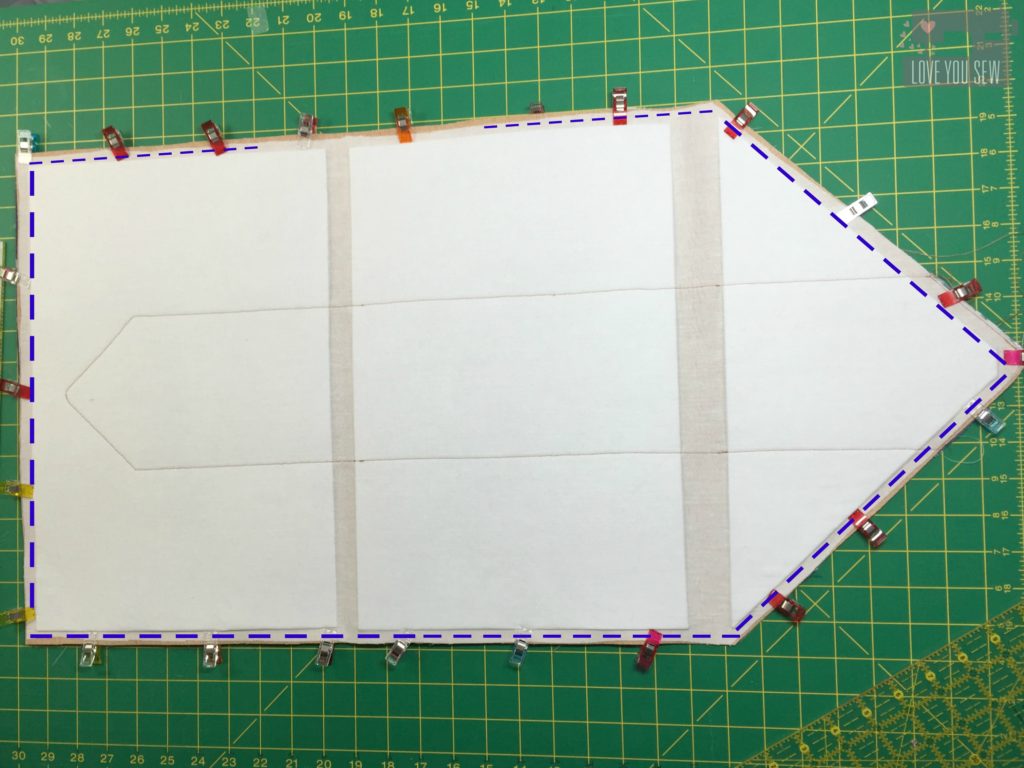
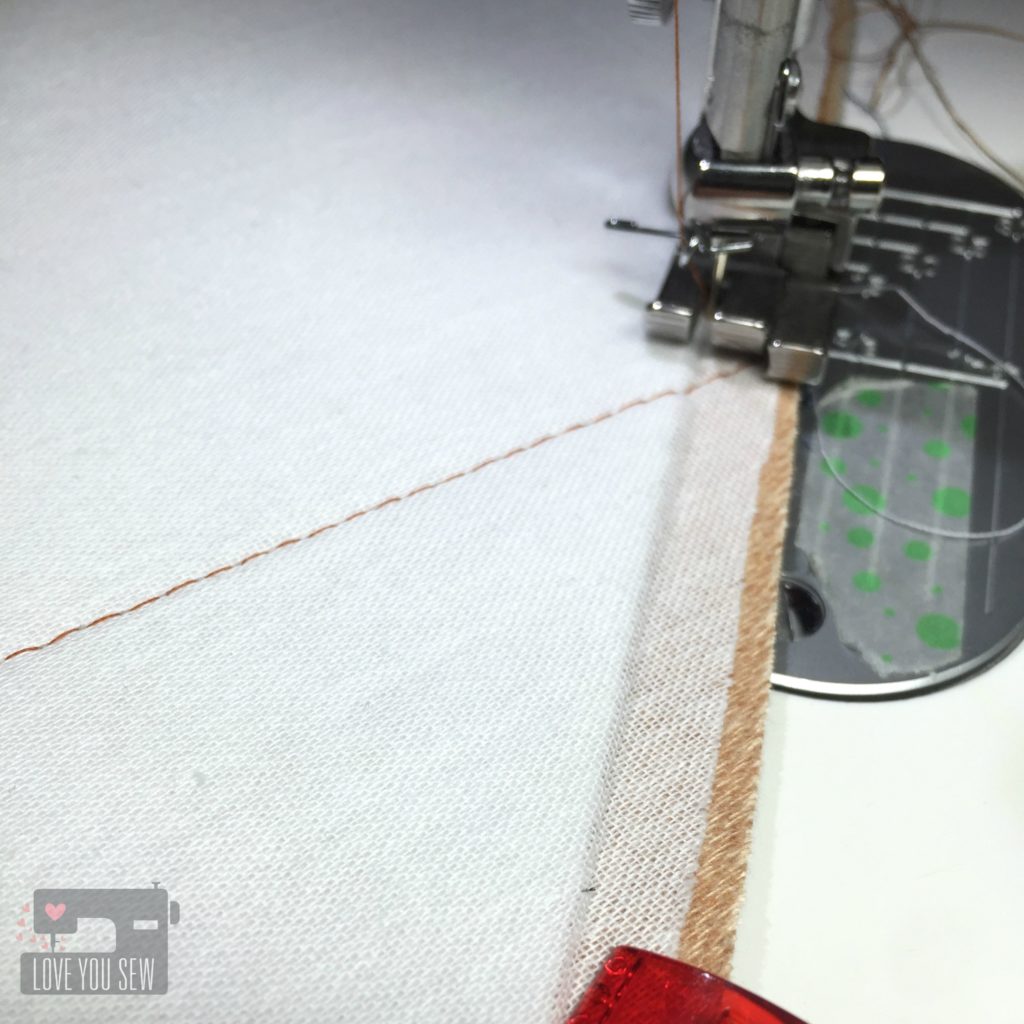
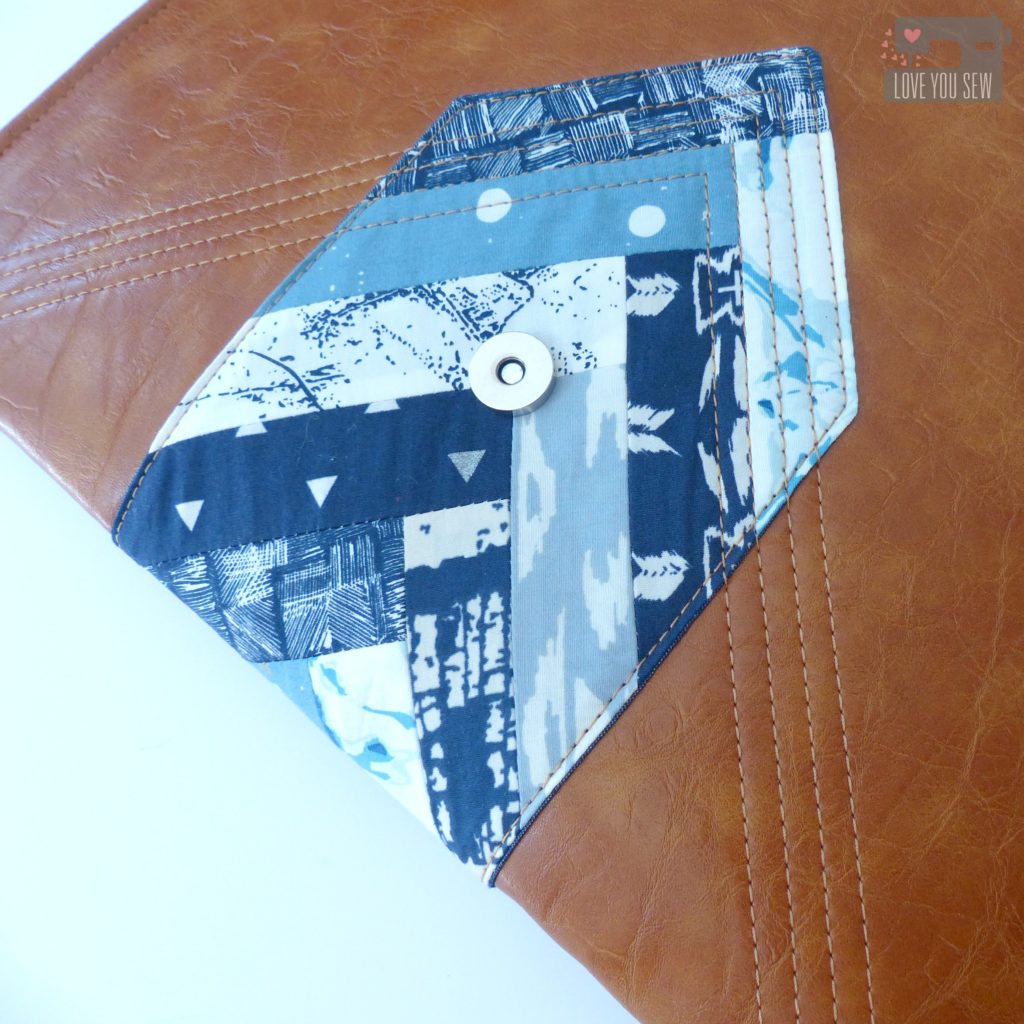
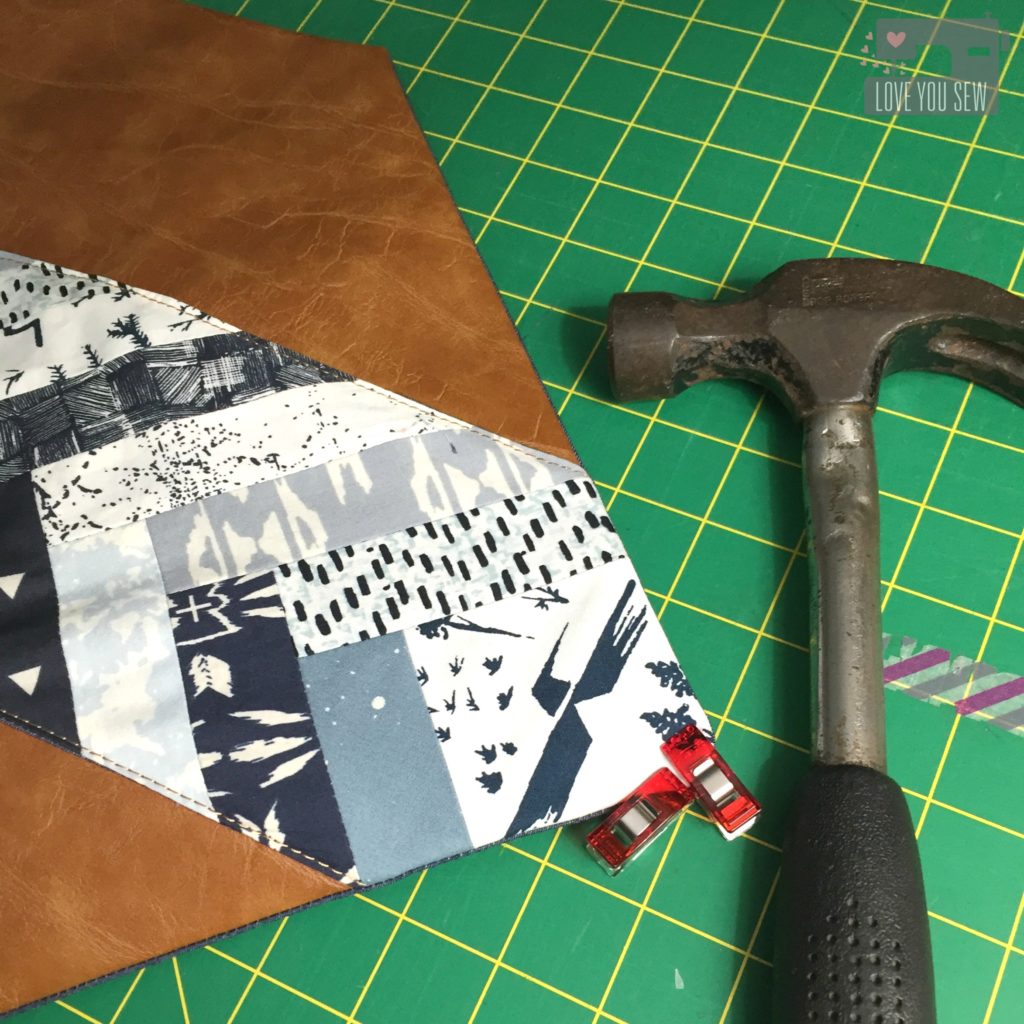
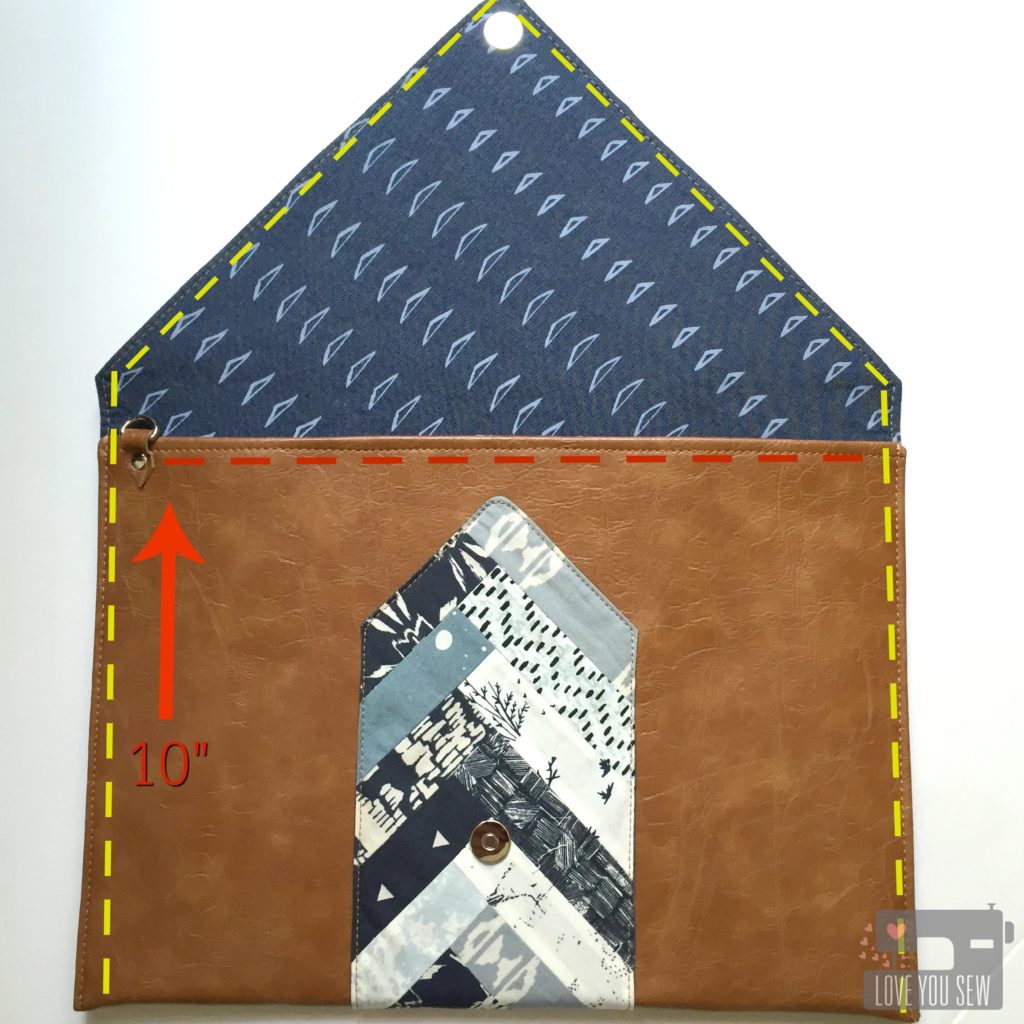
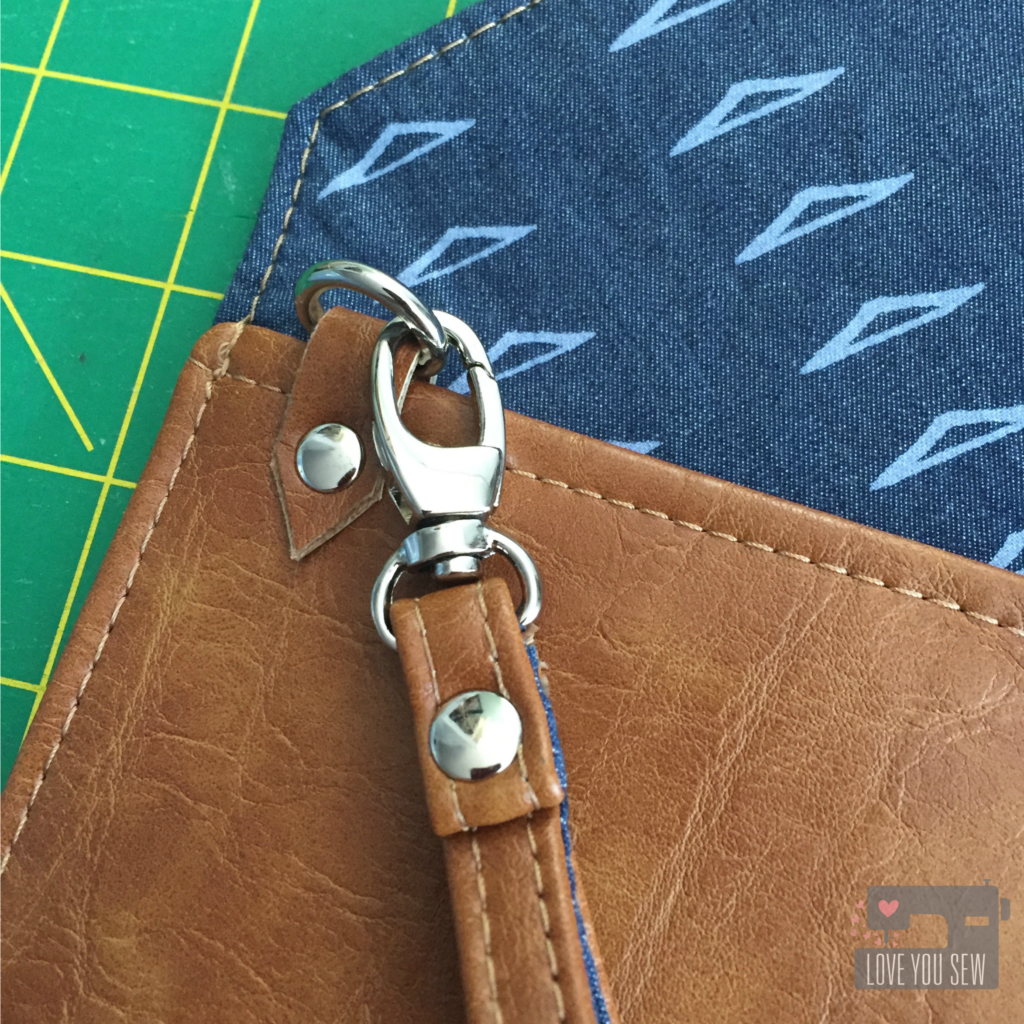
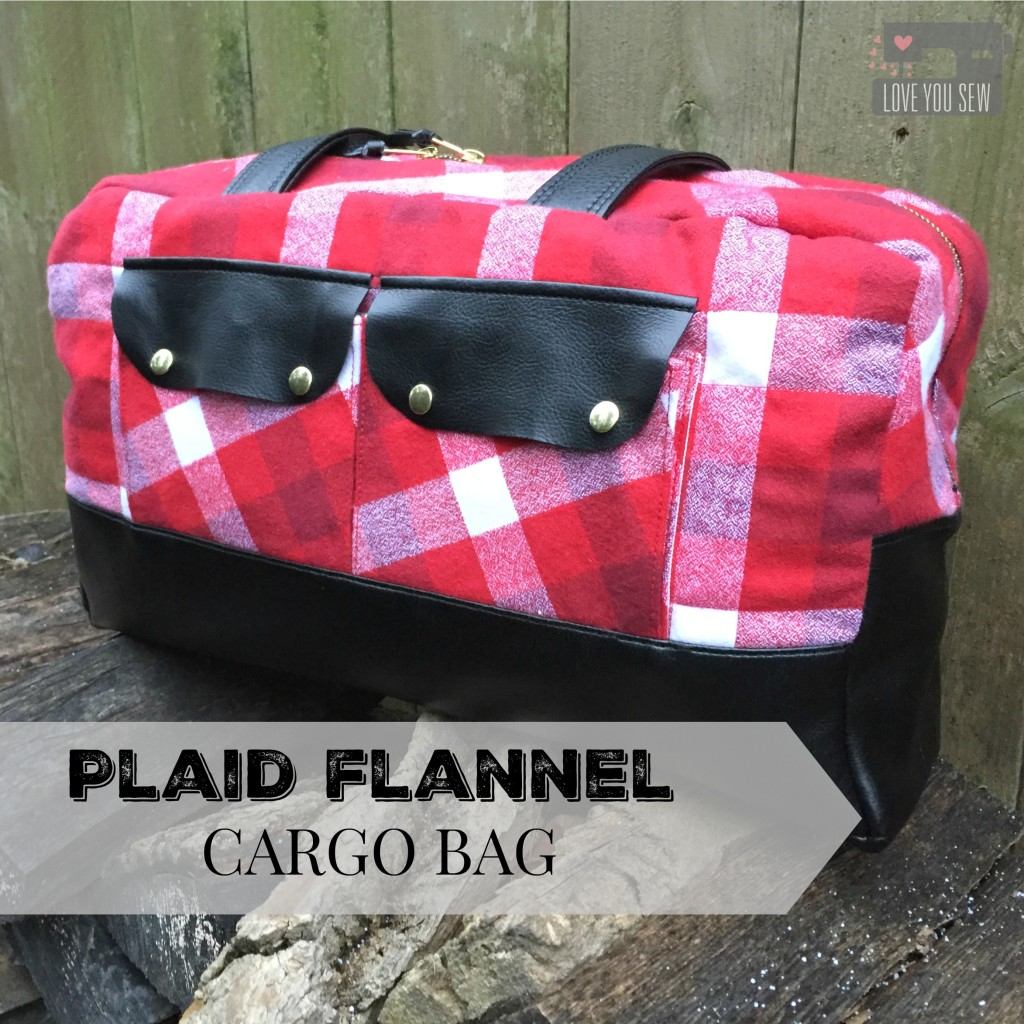
 Now that Christmas has passed, I can finally show you this version!
Now that Christmas has passed, I can finally show you this version!